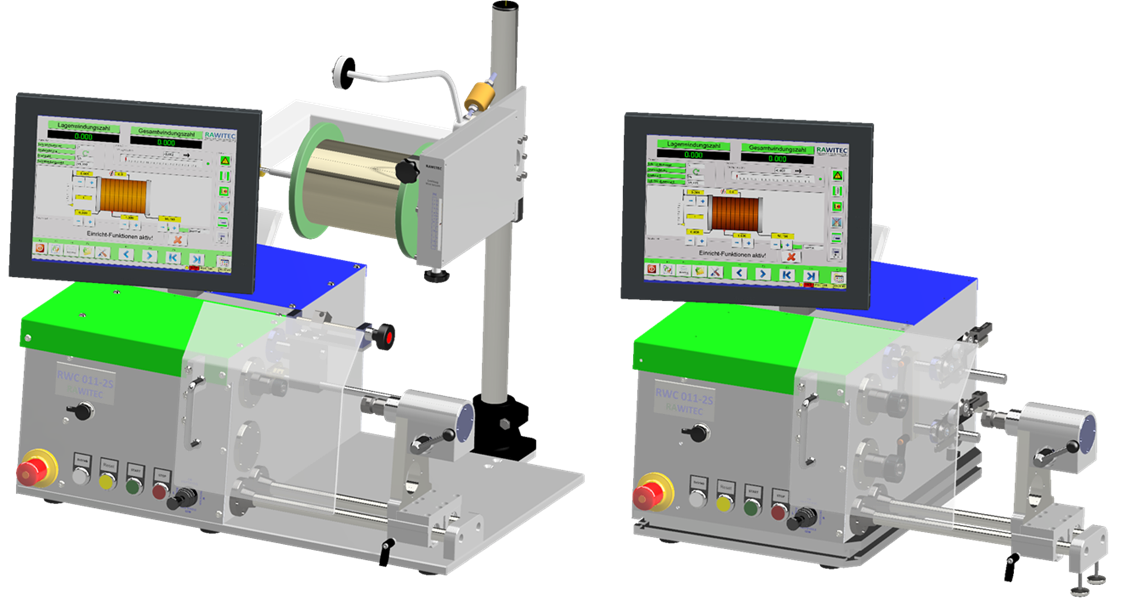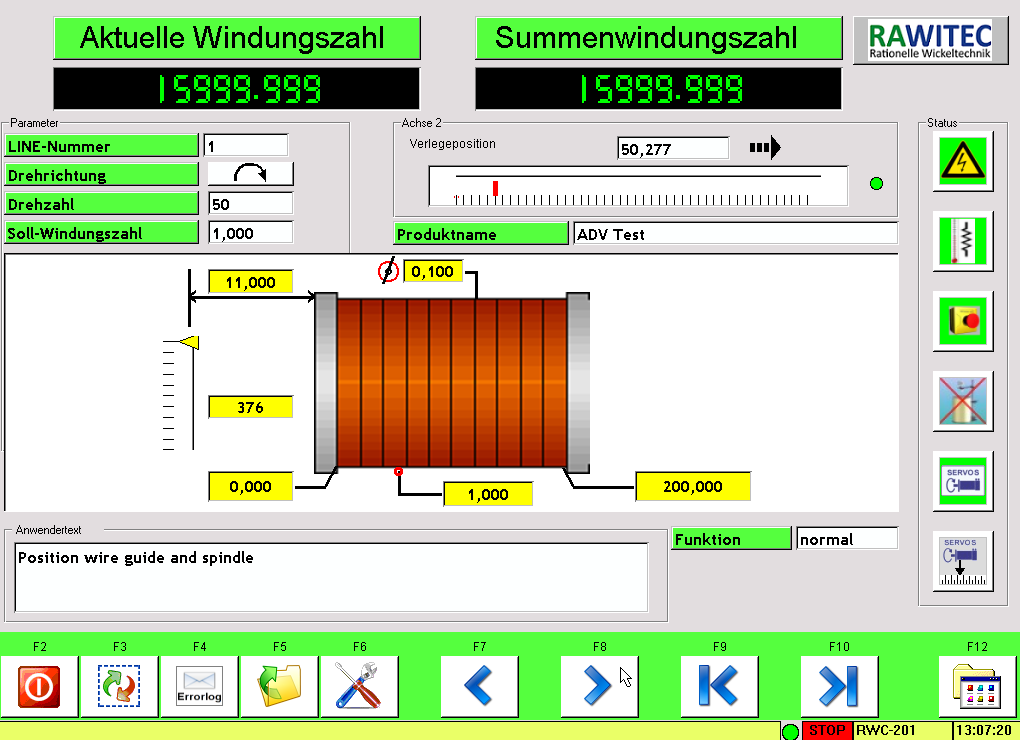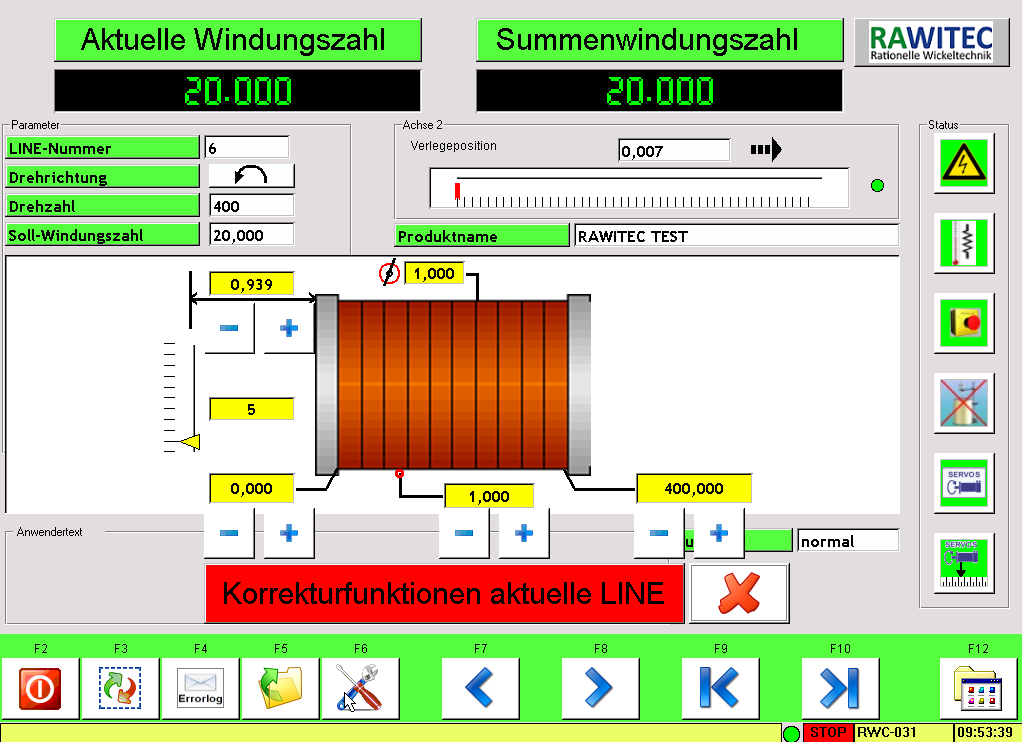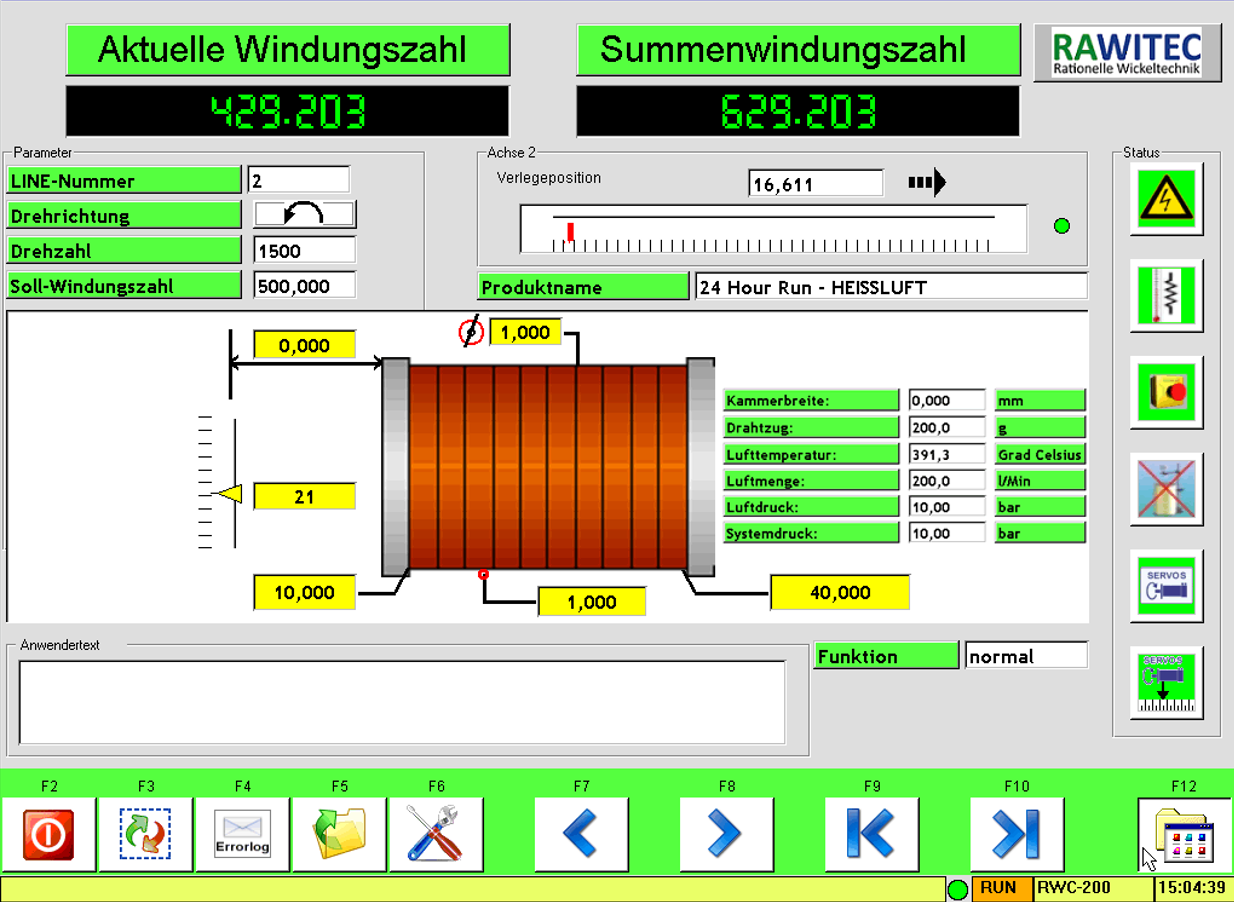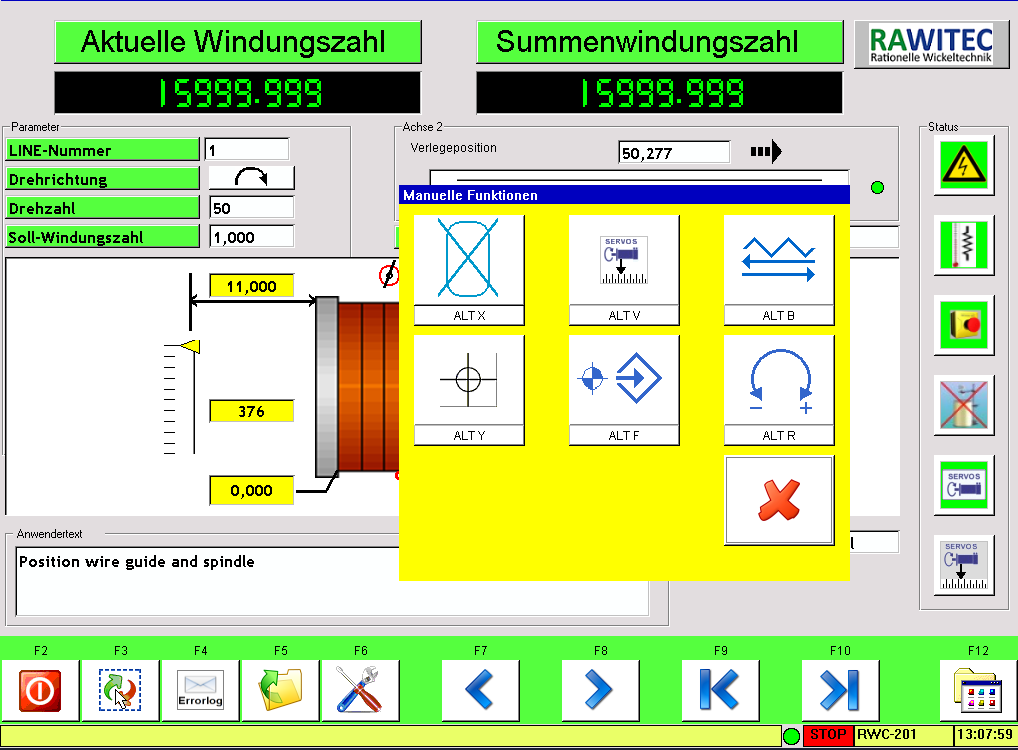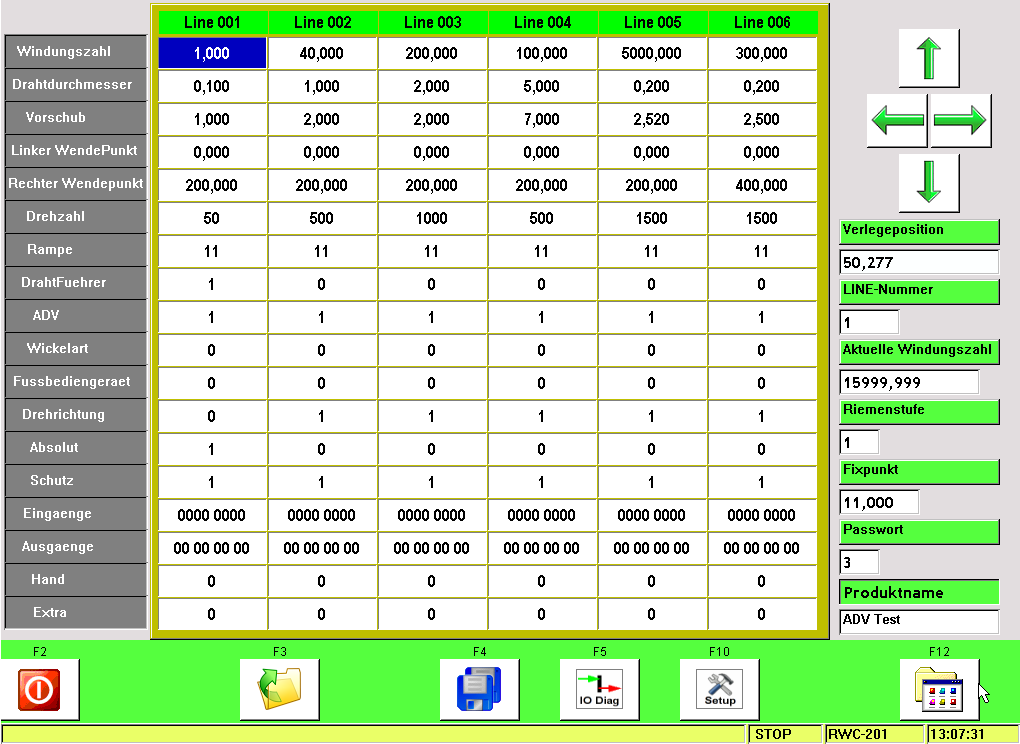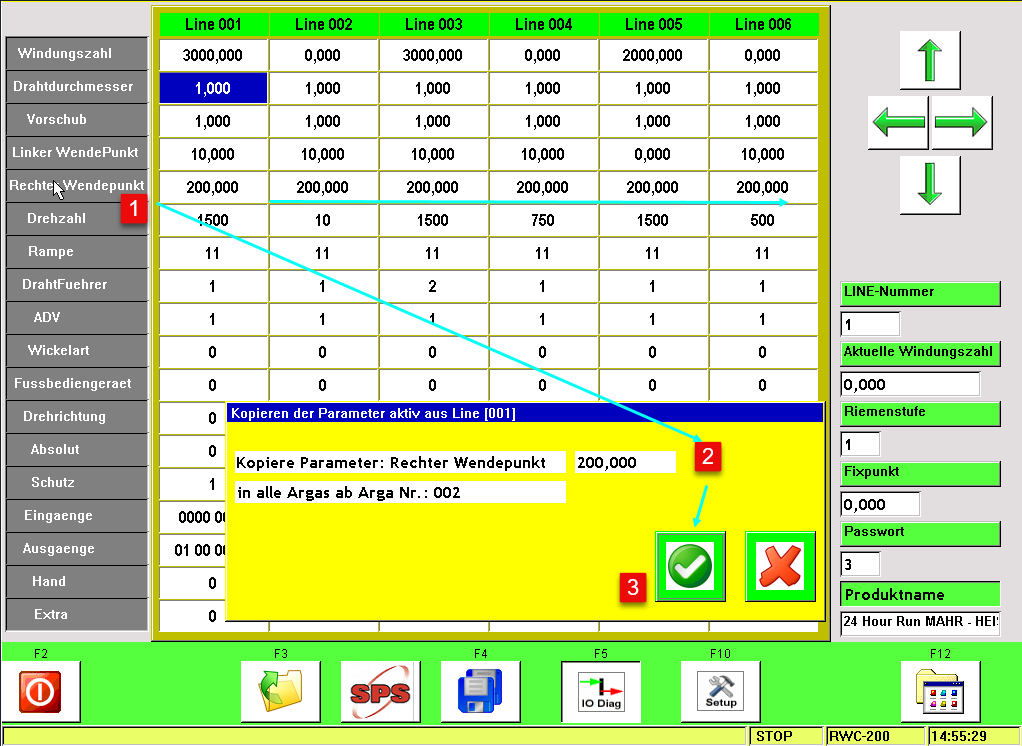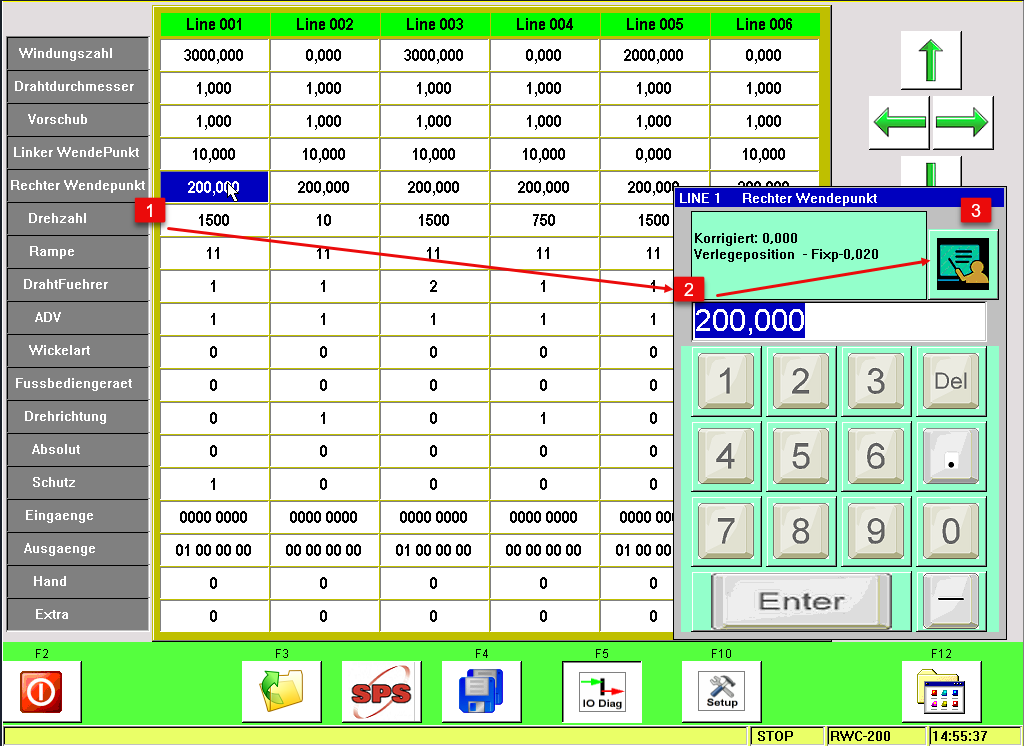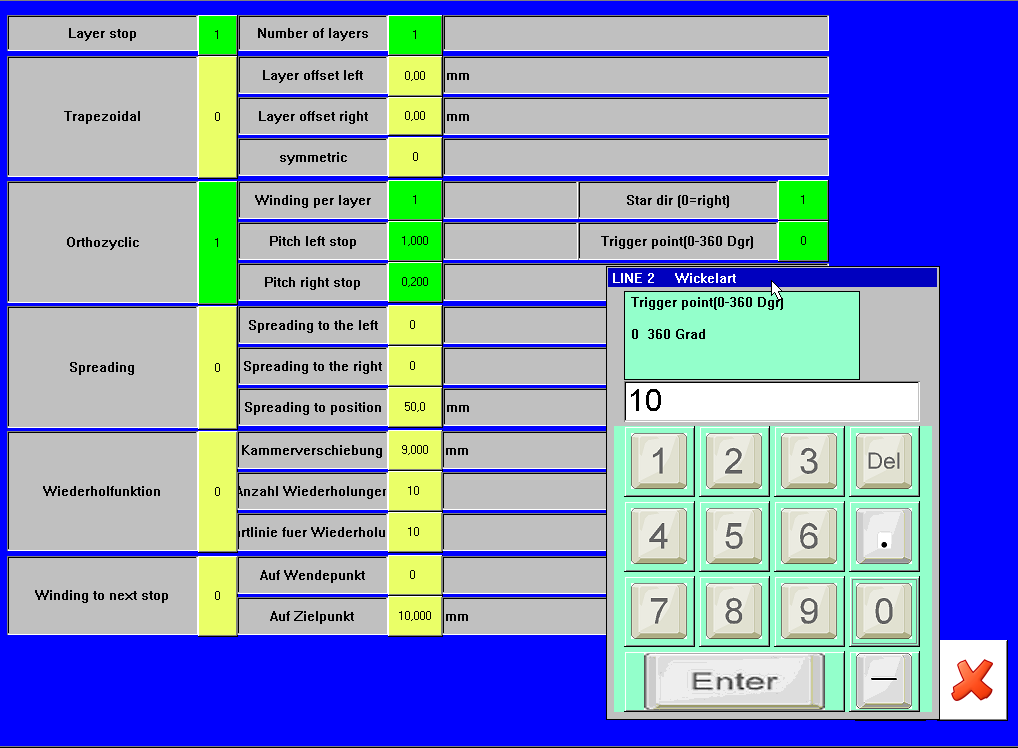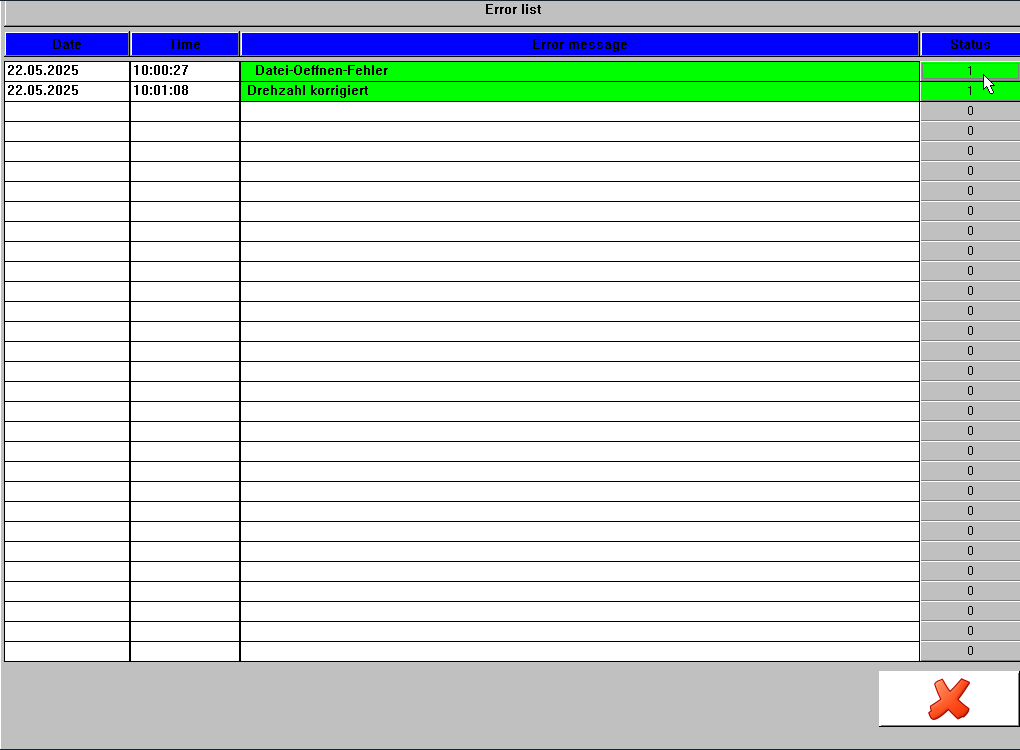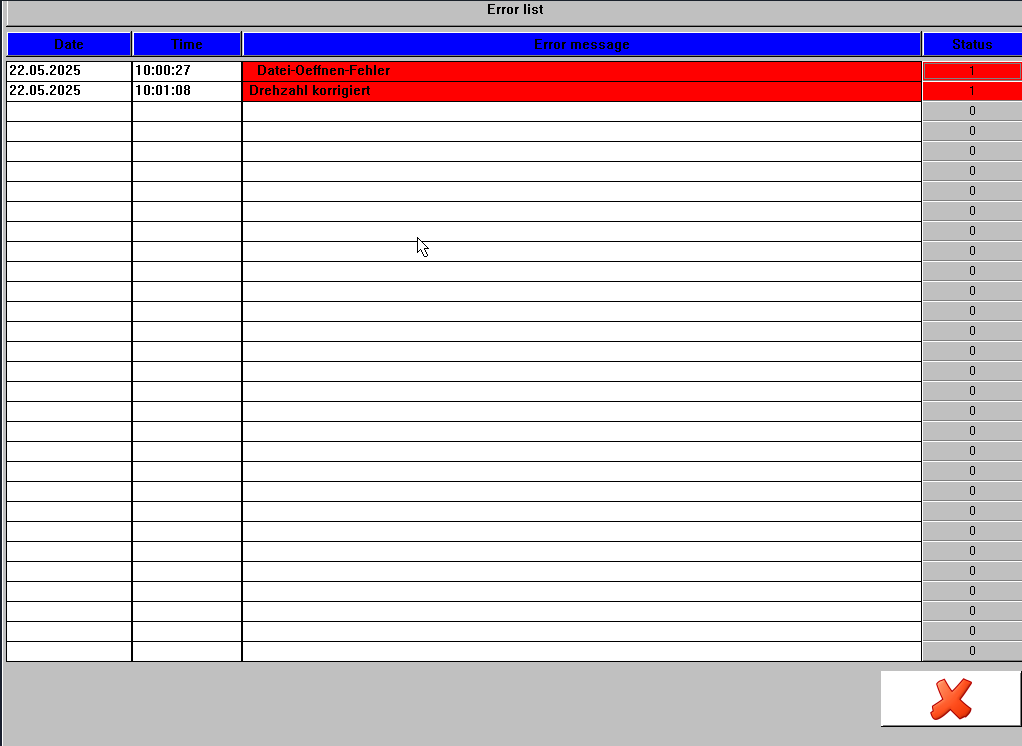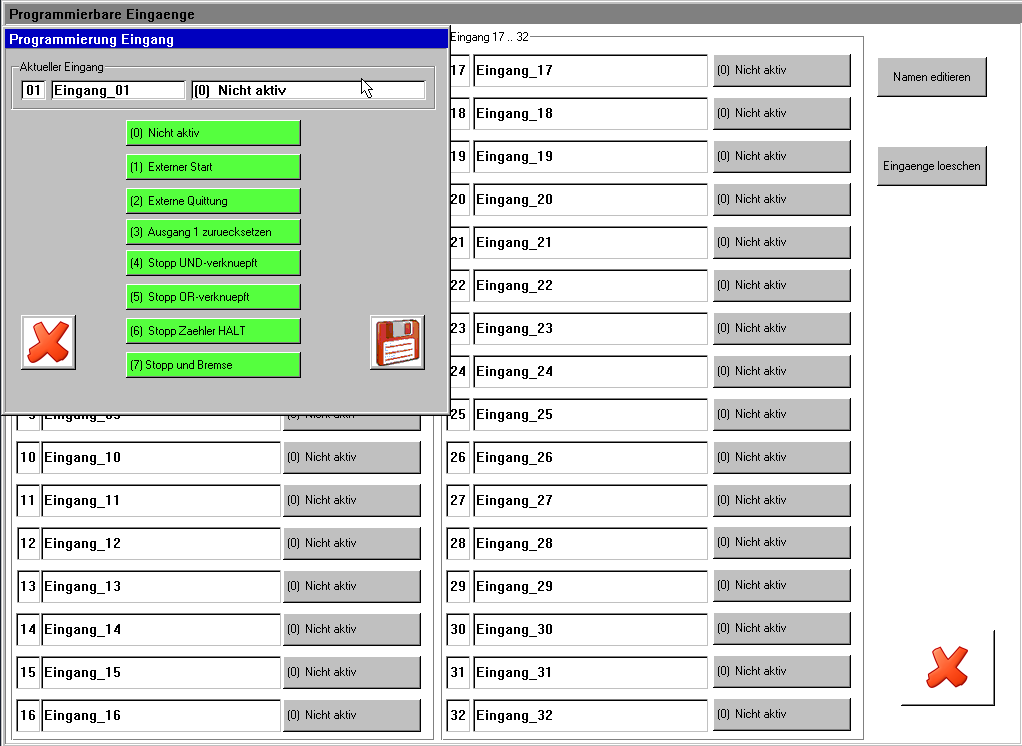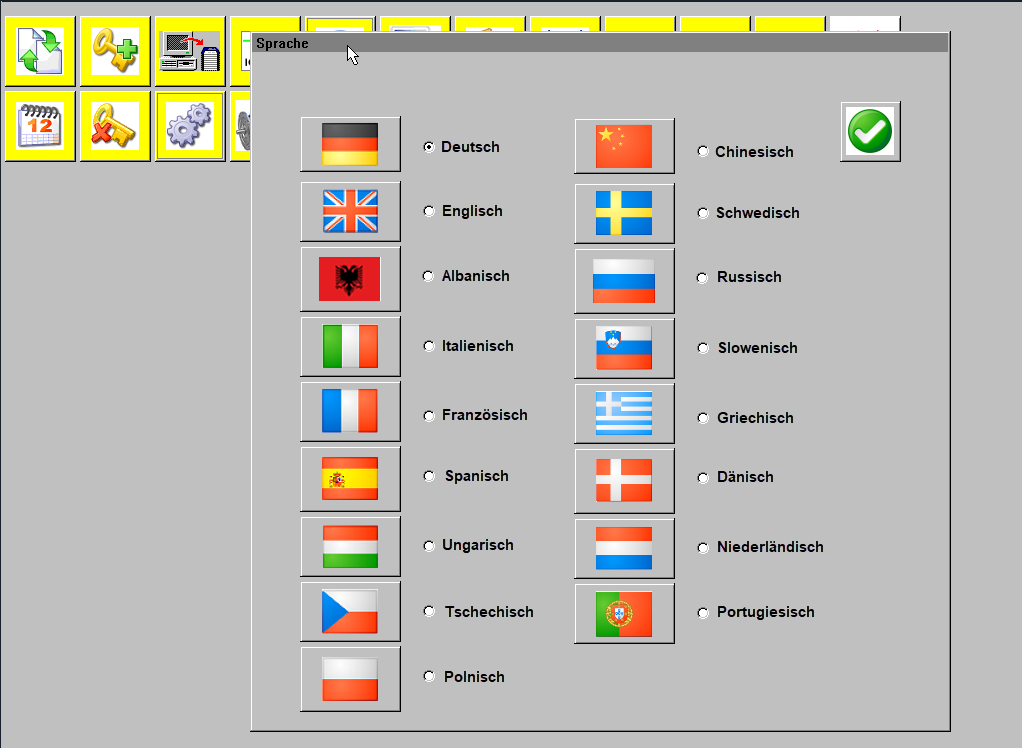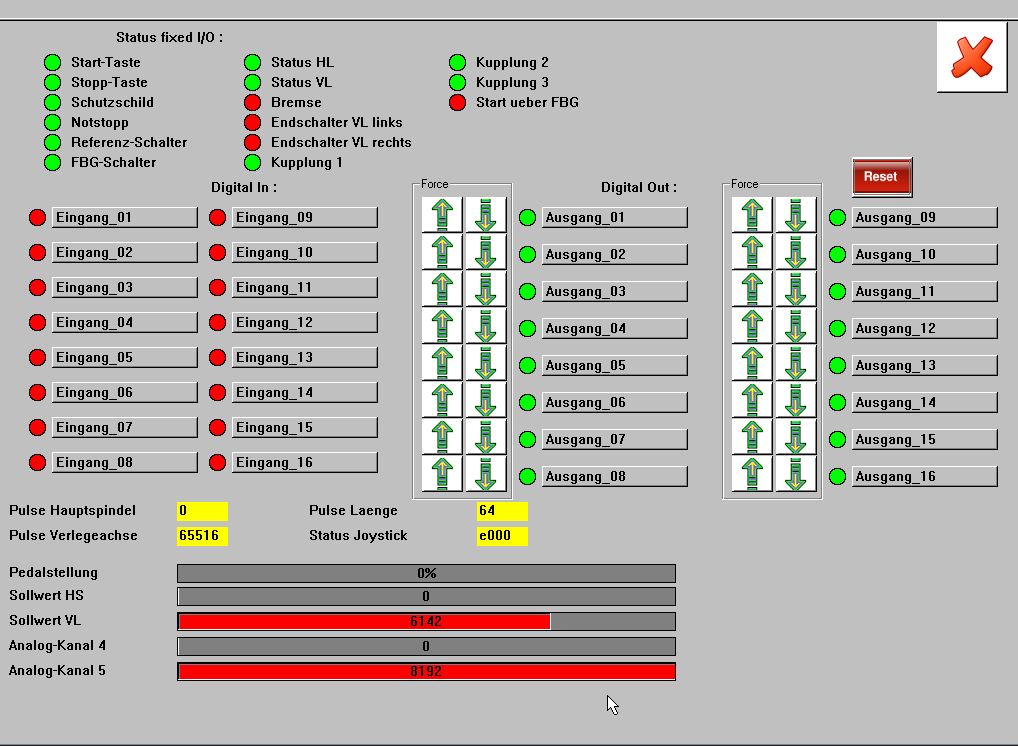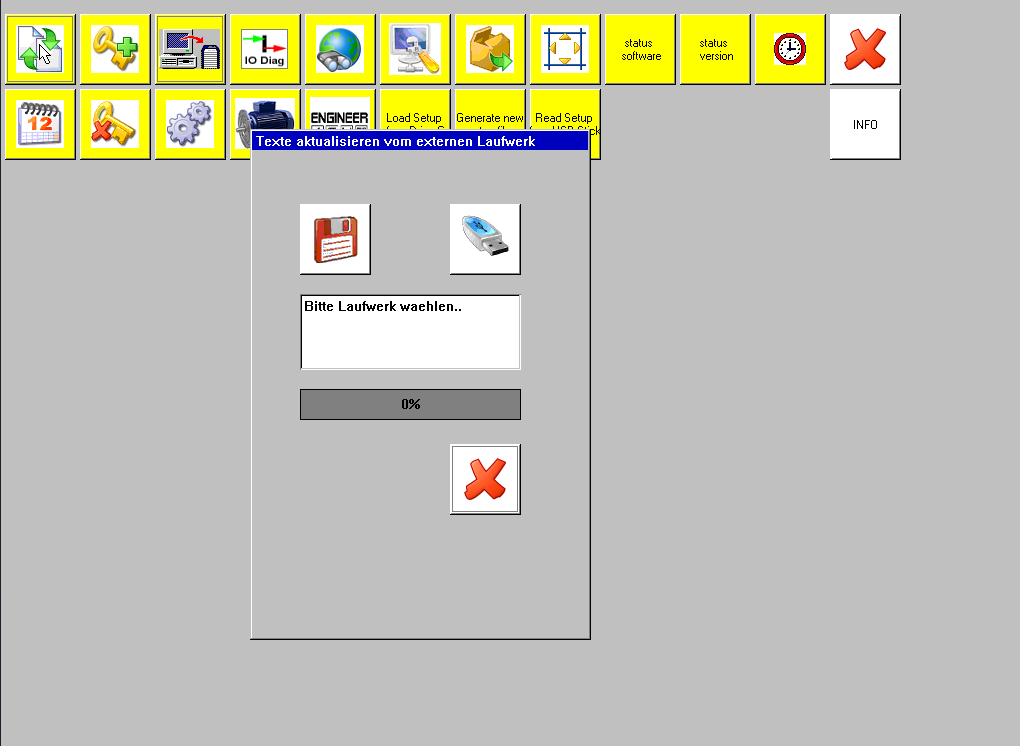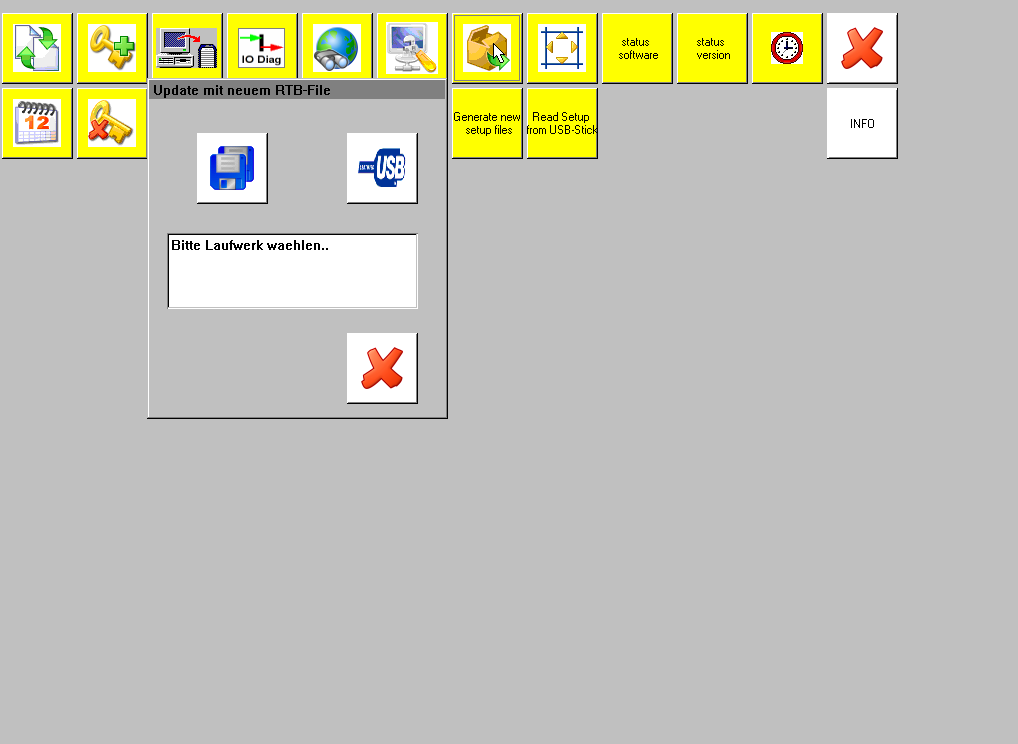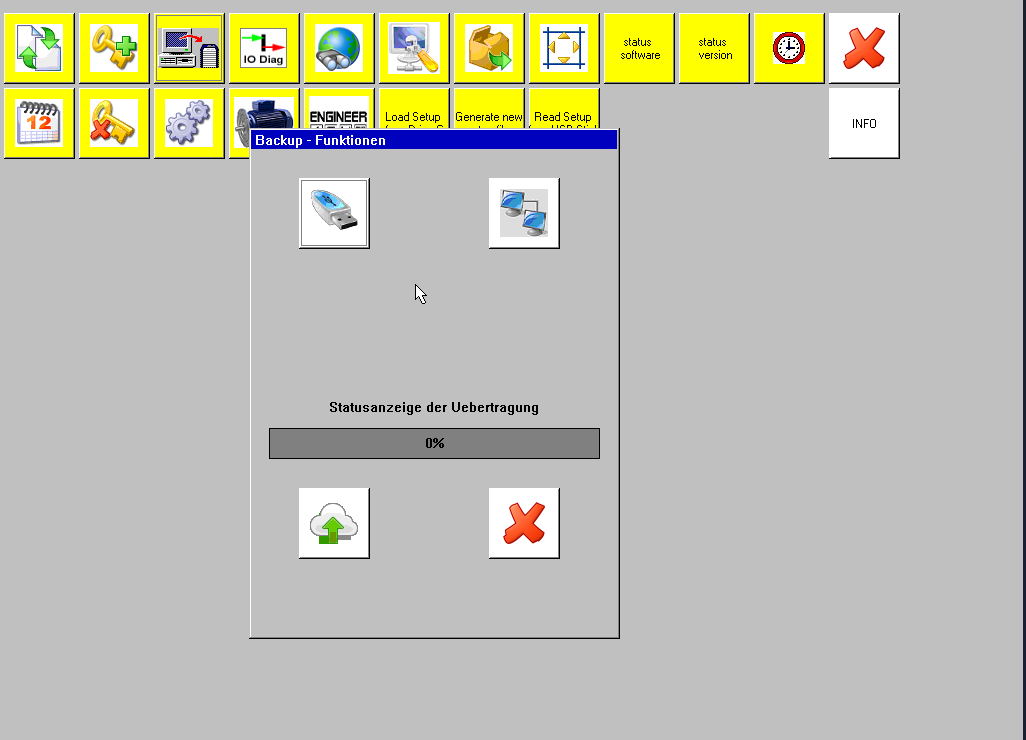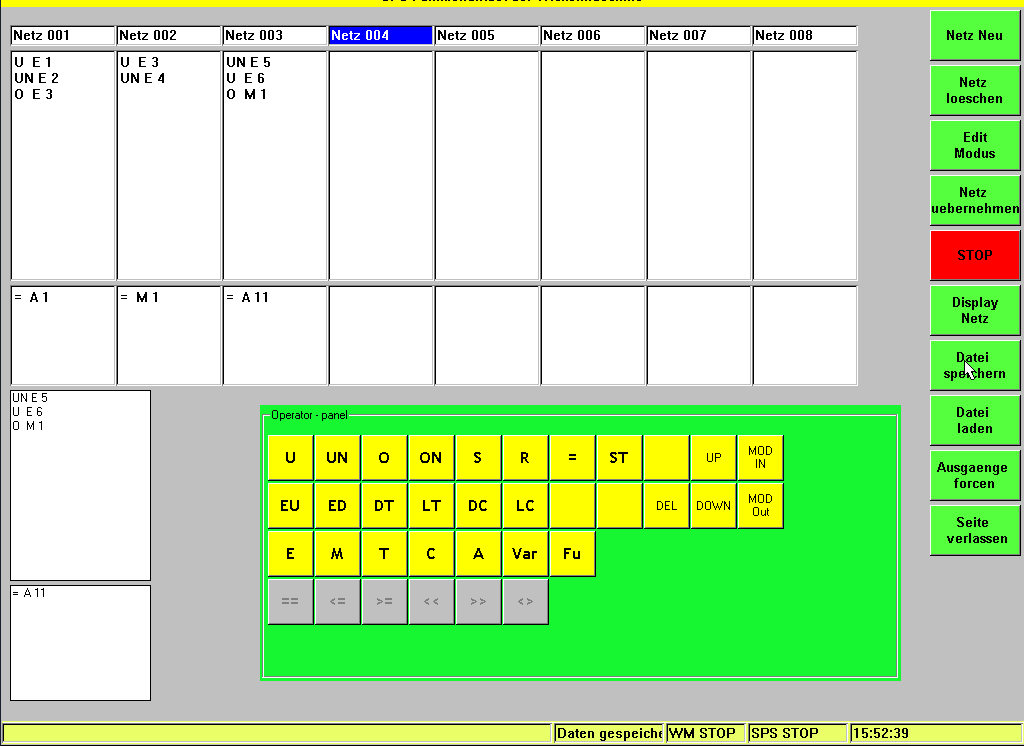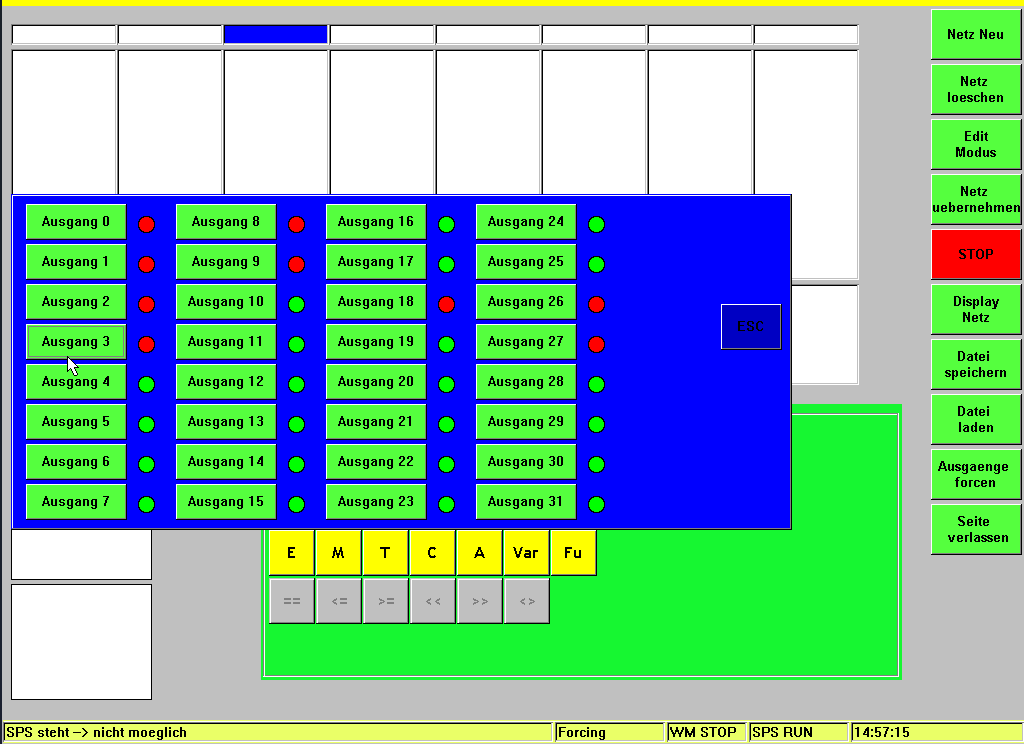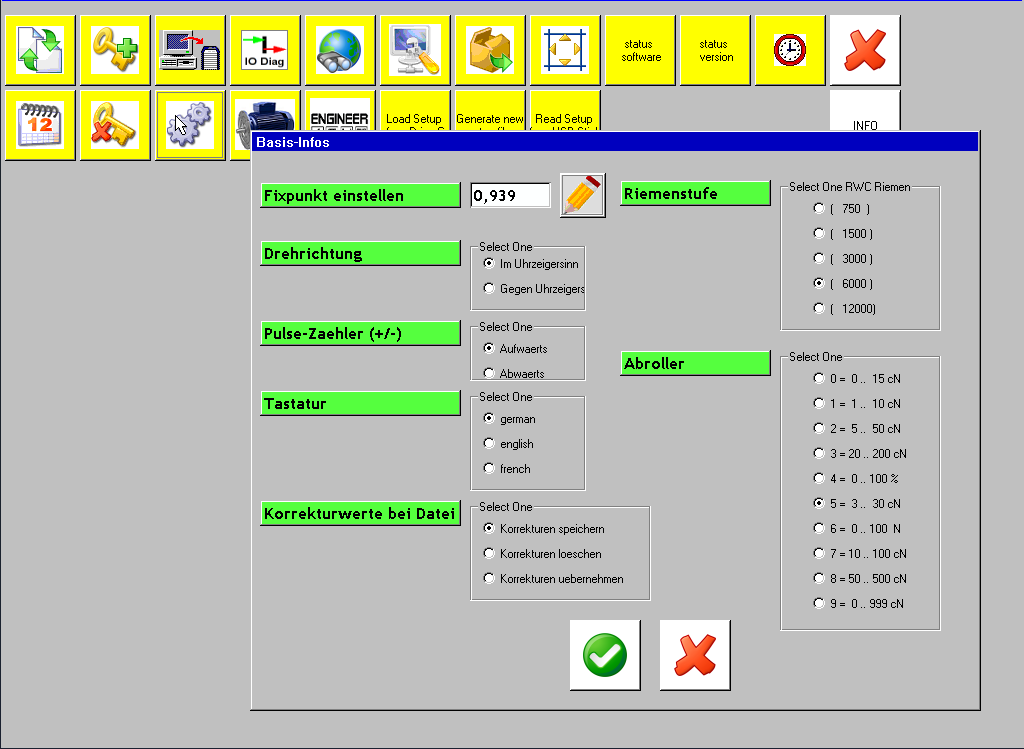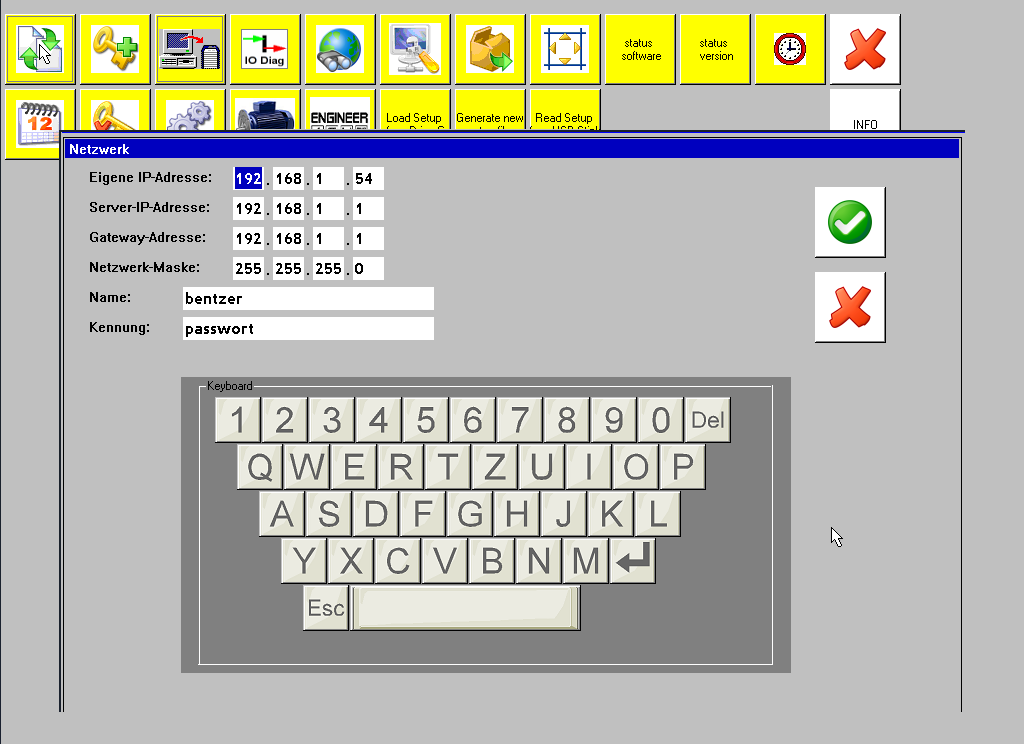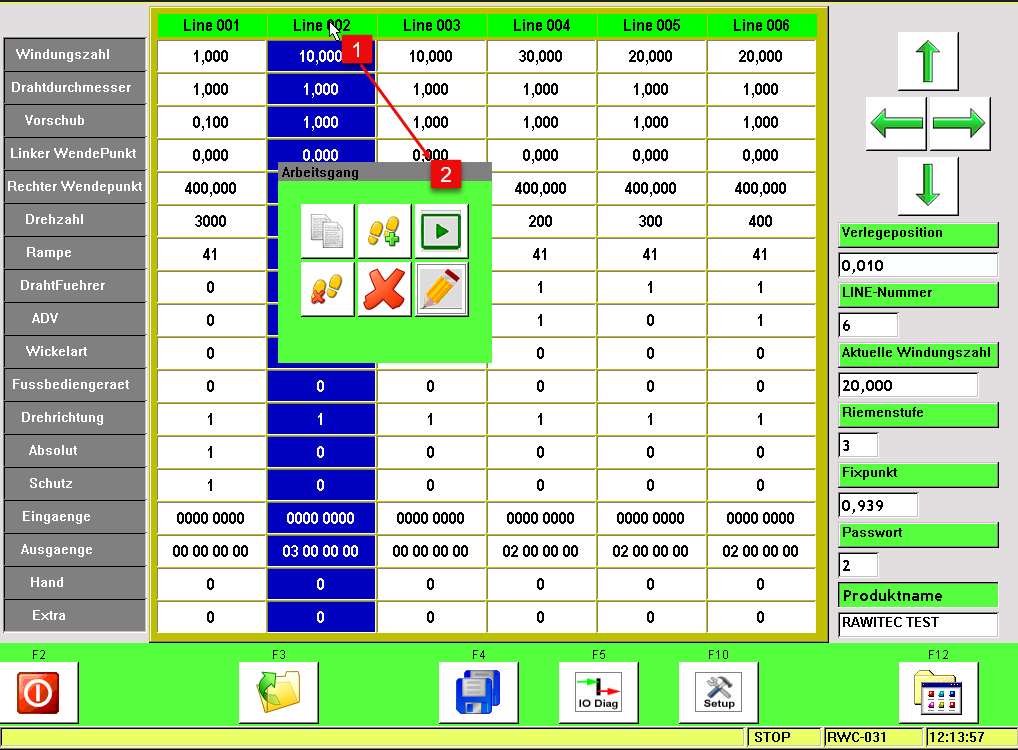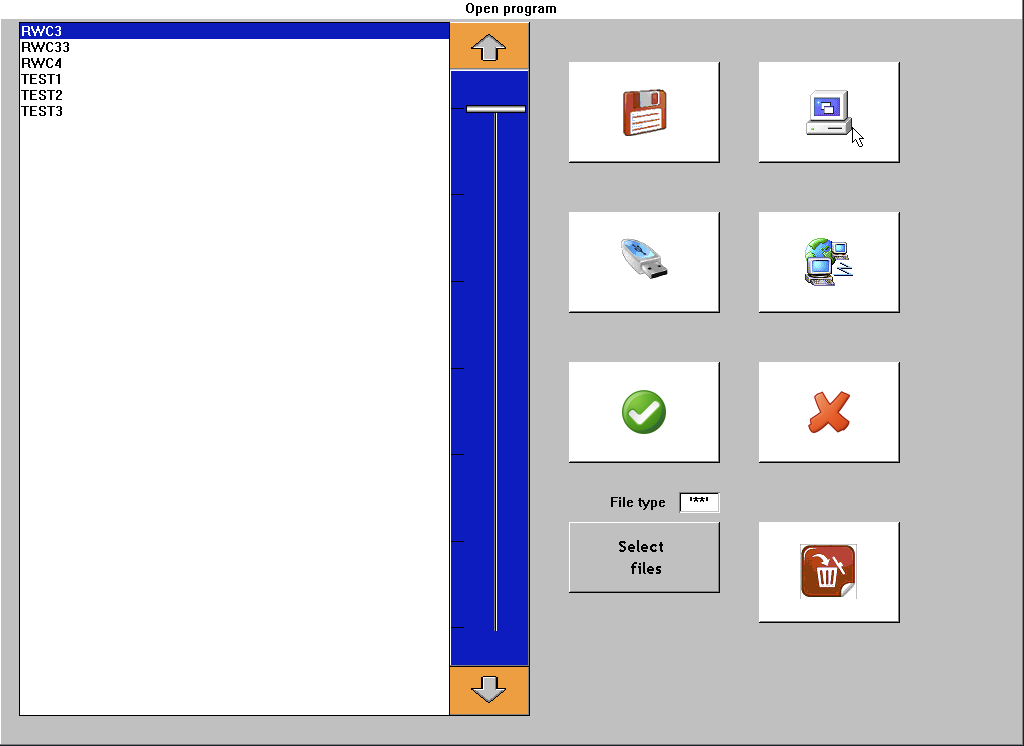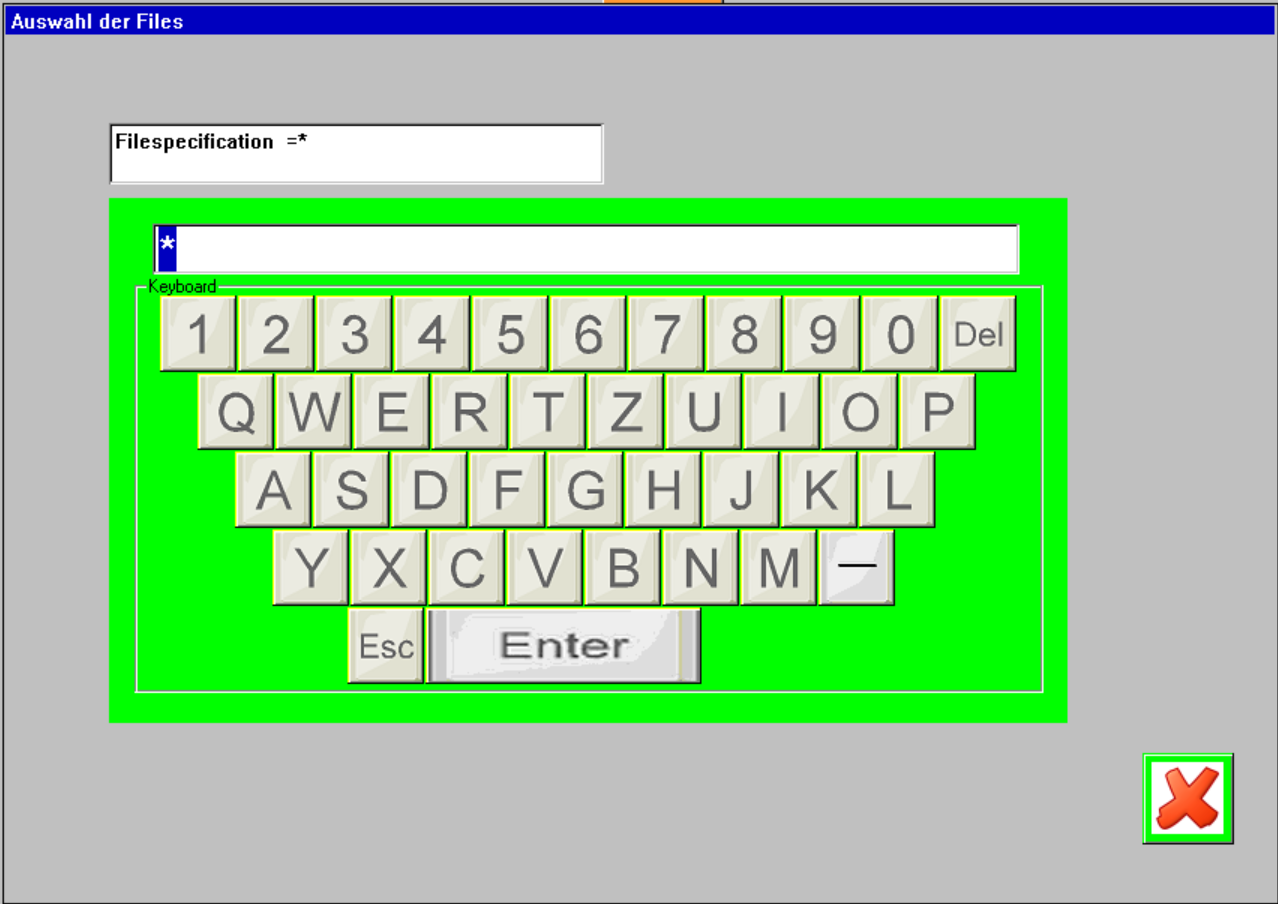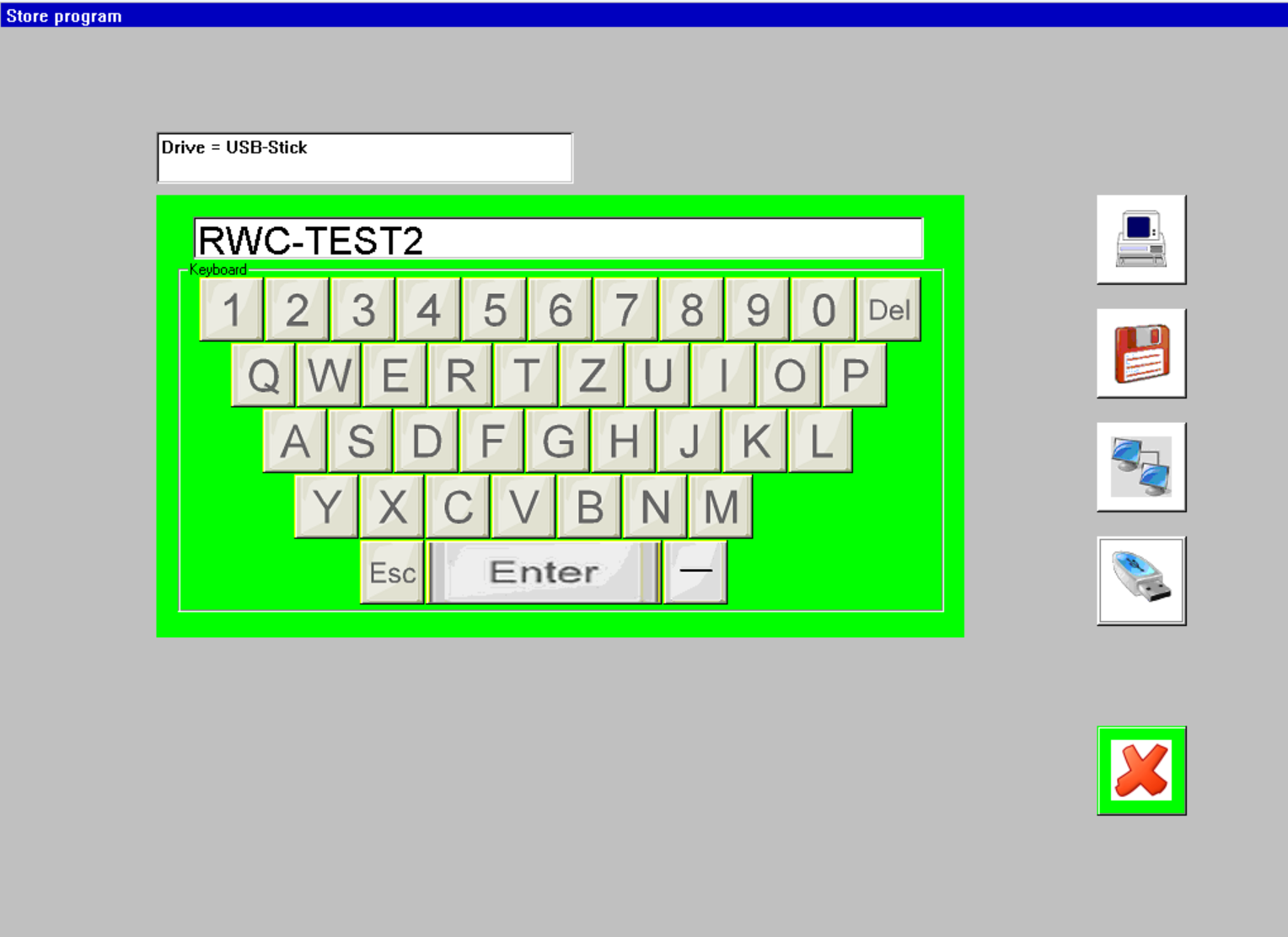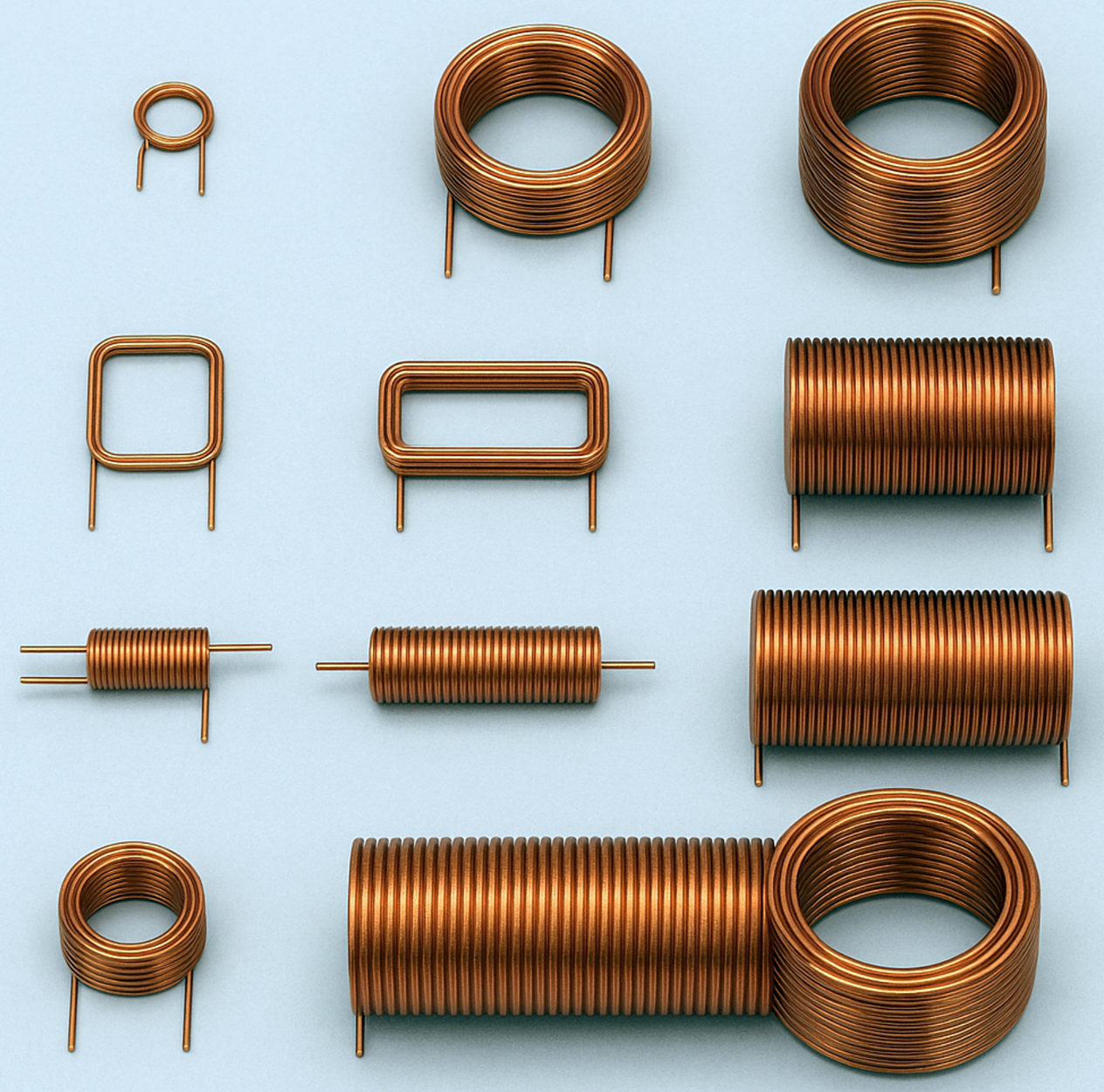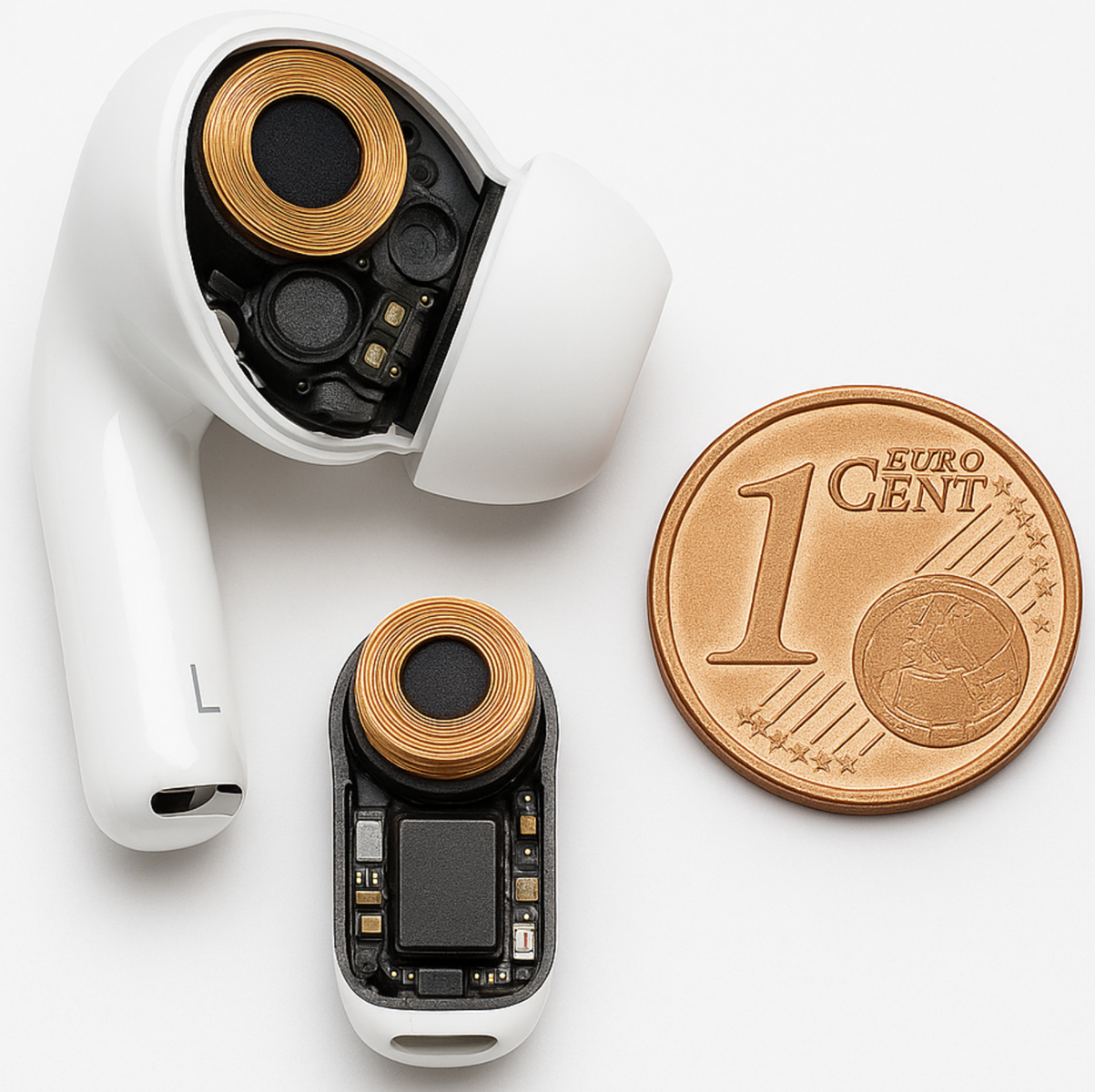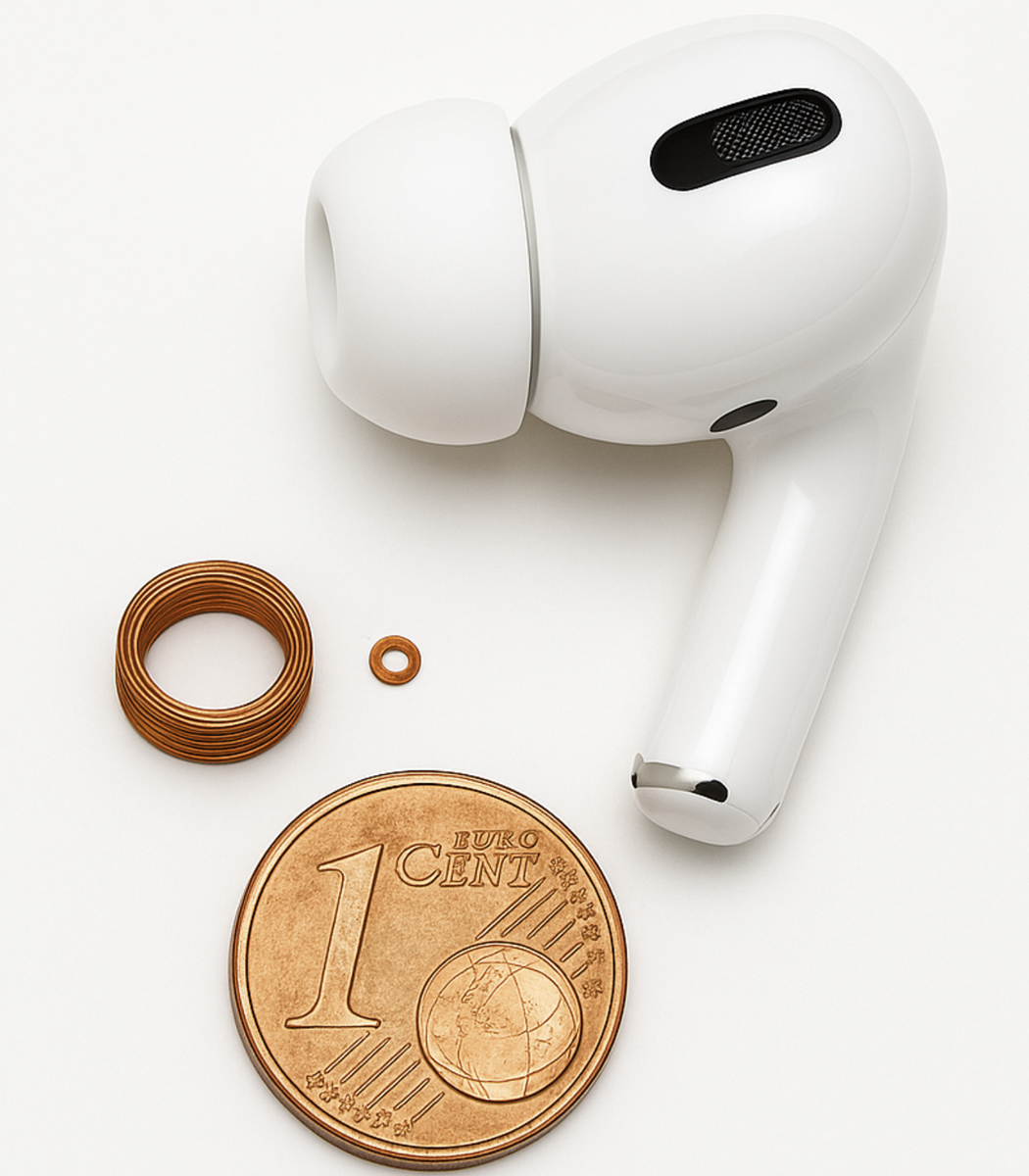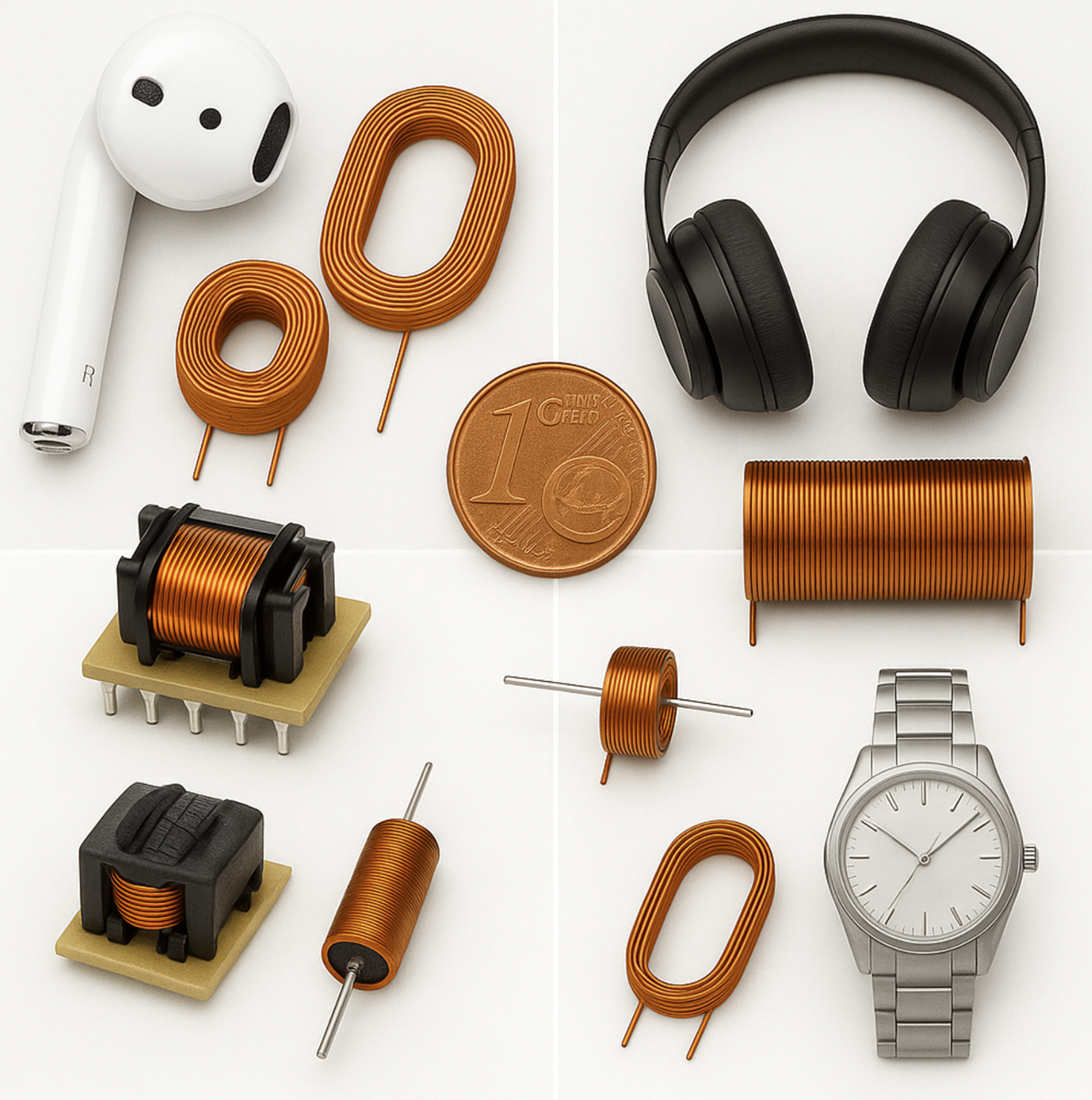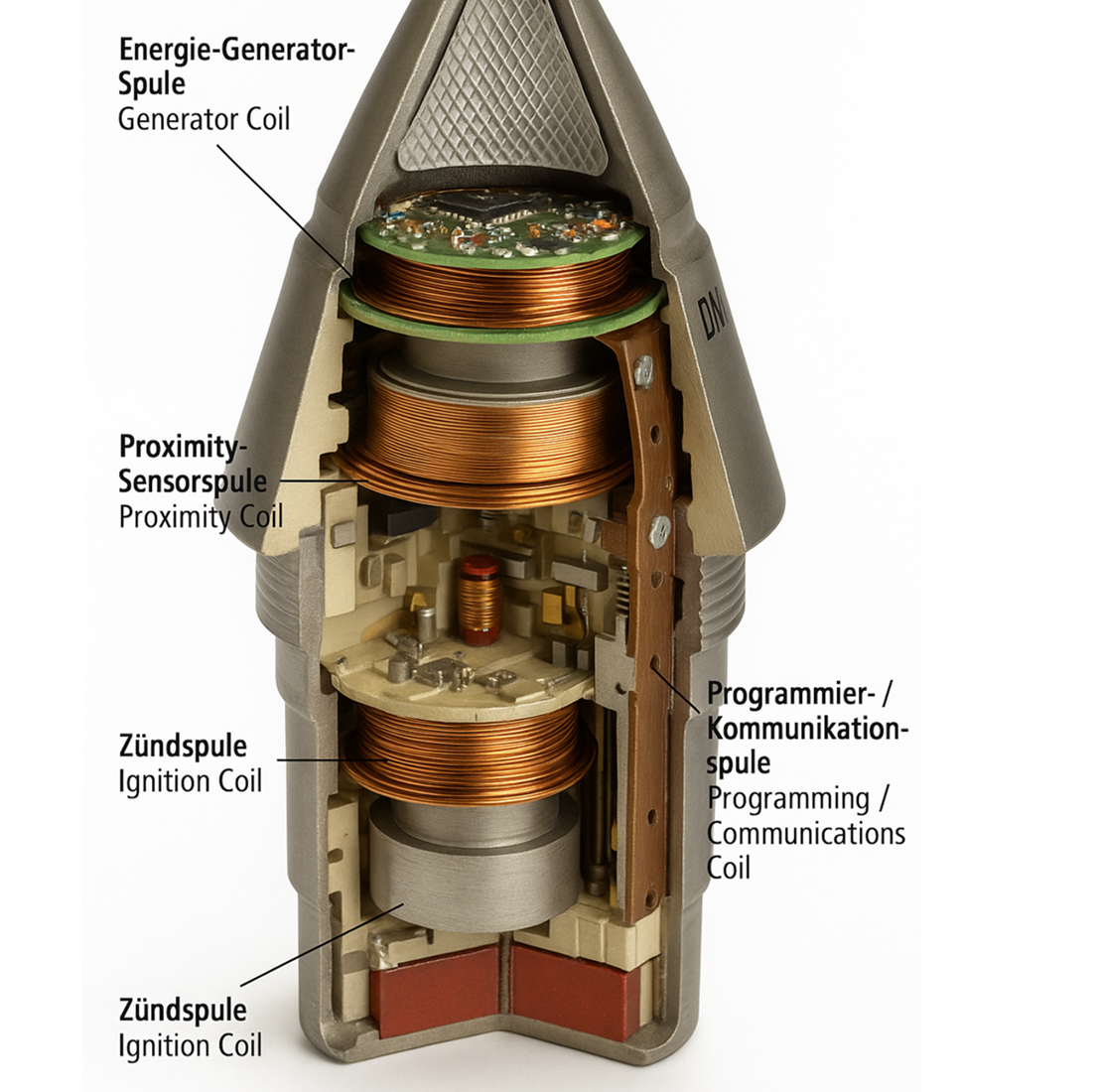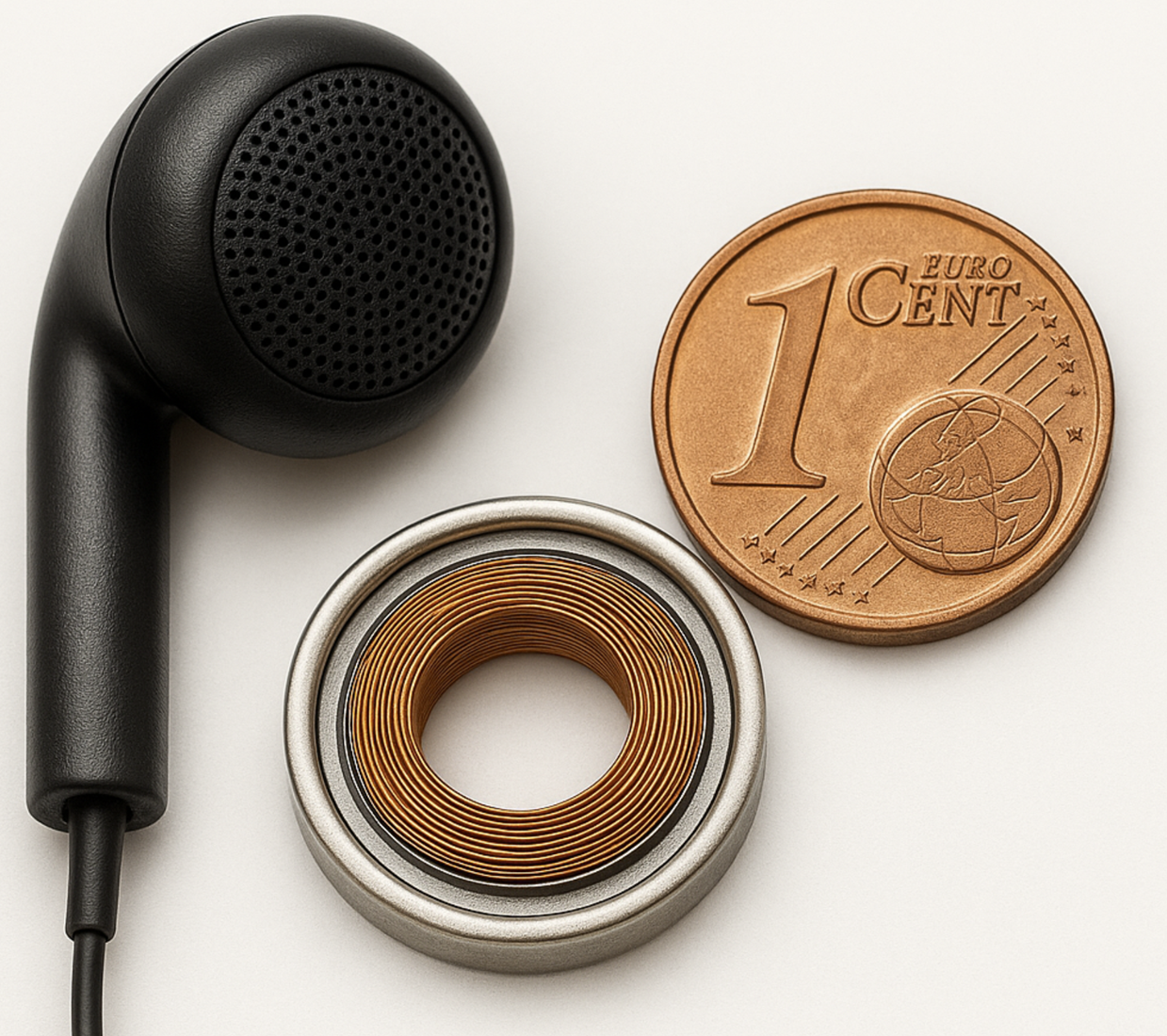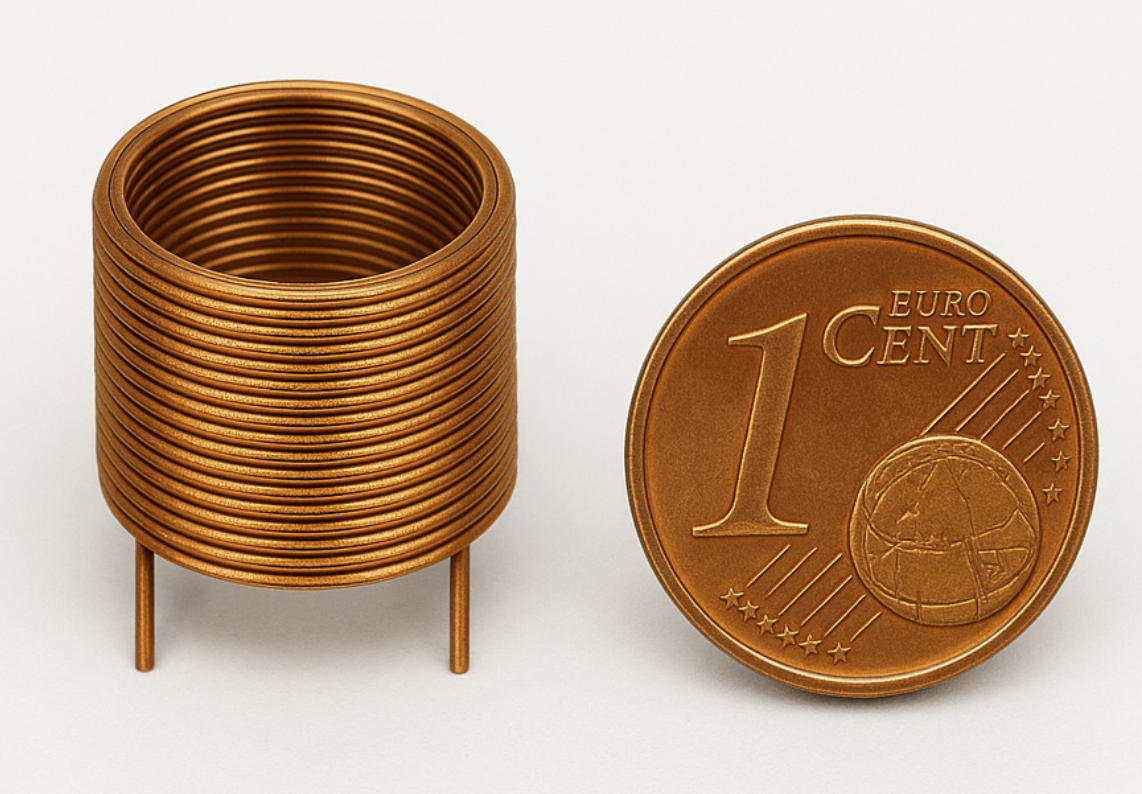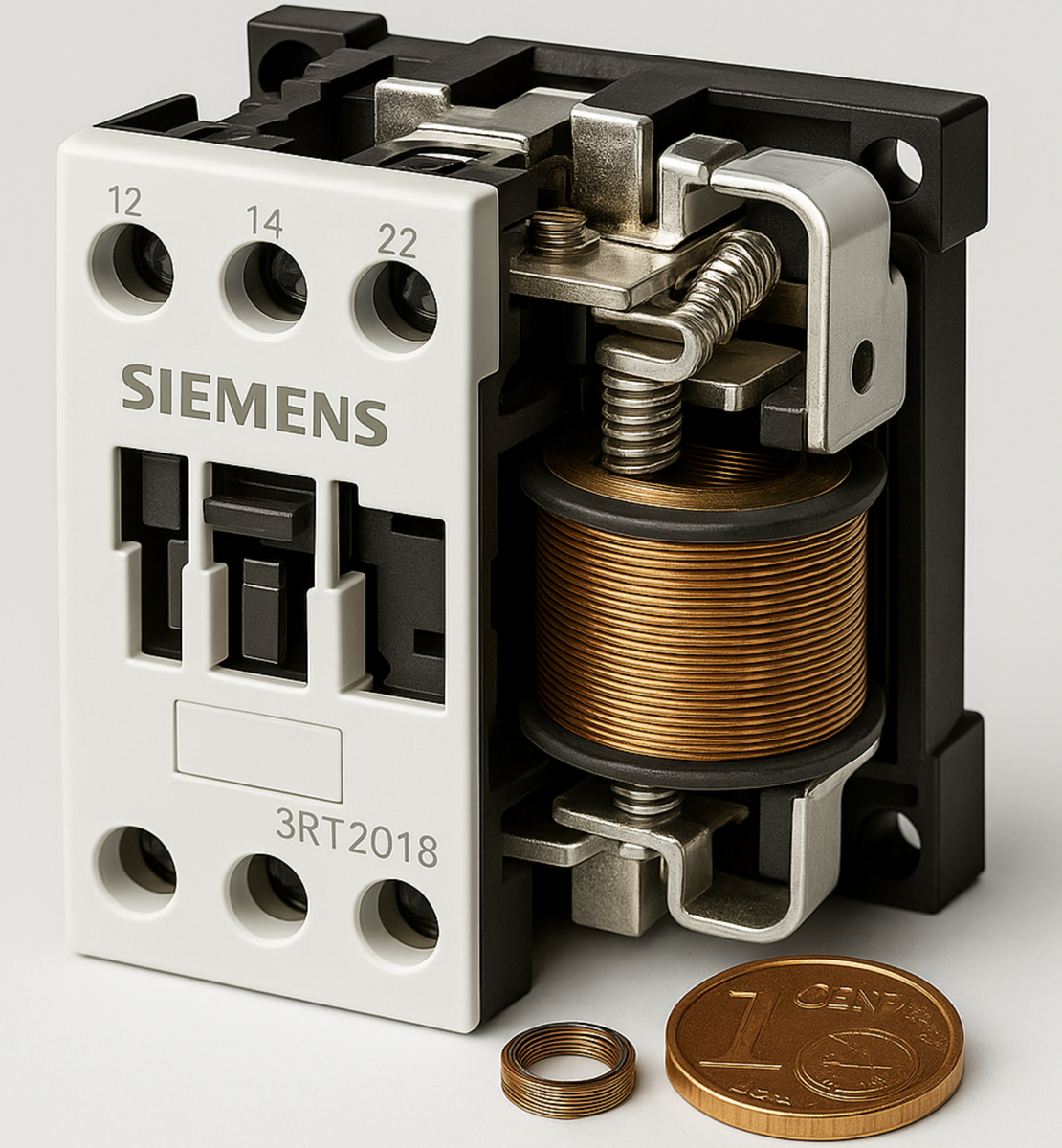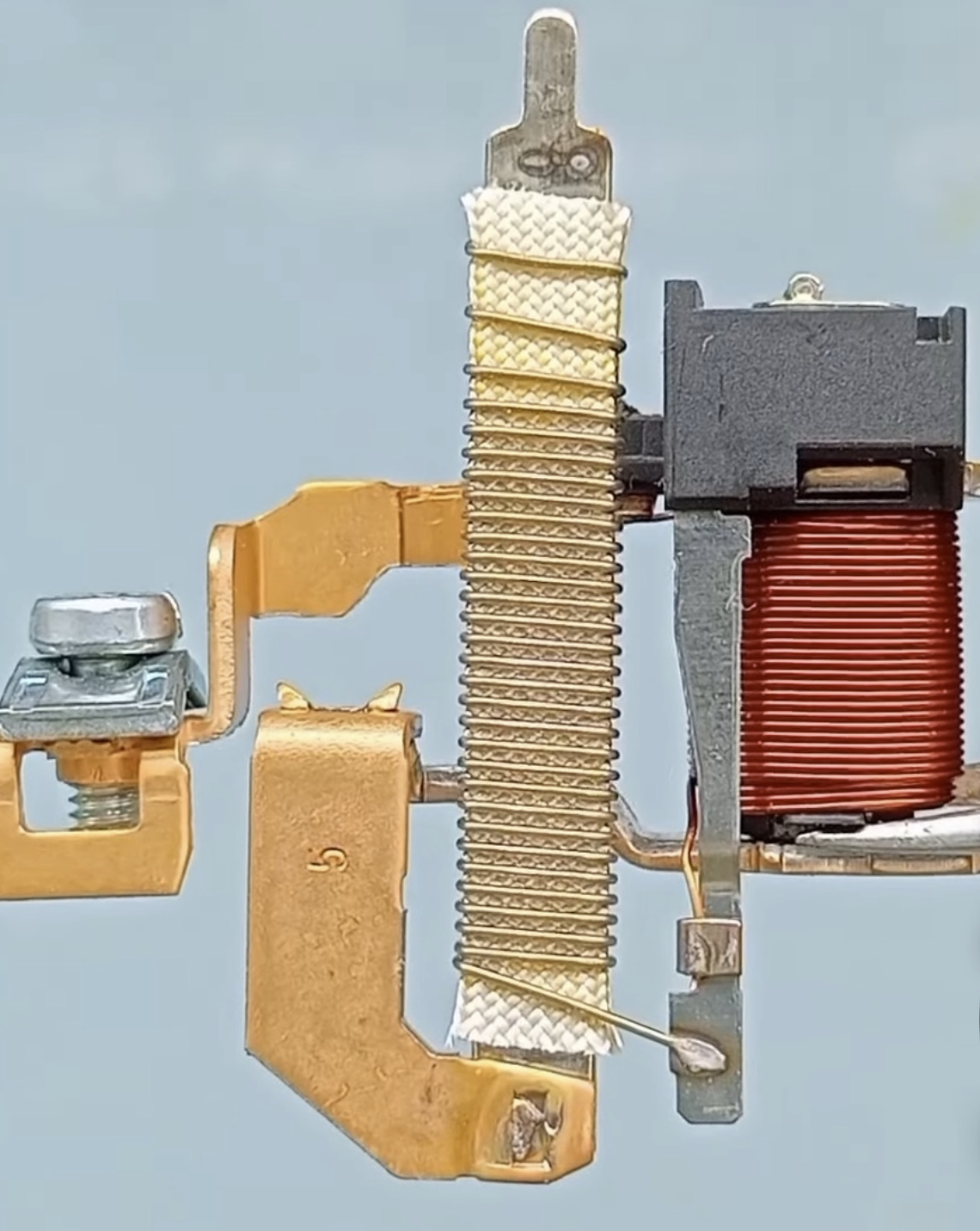RWC 011 – Precision and Flexibility for Fine Winding Tasks
RWC 011 is specifically designed for the production of small coils and the handling of fine wires – ideal for applications with and without a tailstock.
The machine is available in both single- and dual-spindle configurations, offering maximum quality and adaptability.
RAWITEC machines rely on state-of-the-art drive technology:
Both the drive and the traversing axis are equipped with high-performance AC synchronous servo motors.
Paired with air-cooled high-performance servo controllers,
they deliver precise and highly dynamic motion sequences – ideal for demanding applications that require maximum flexibility.
Your Advantage: Maximum Customer Benefit Through Intelligent Technology
- Intuitive programming directly via the machine control panel
- External program creation using Windows winding program editor, Microsoft Excel or the WiDaMa system (Winding Machine Data Management)
- Centralized management of all winding programs via file server
- All winding parameters are fully programmable and expandable
- Flexible definition of programmable winding modes
- Each work step includes all relevant parameters for the winding process
- Parameter adjustments possible during machine operation – including targeted intervention and optimization functions
Drive & Data Handling – Efficient and Well-Engineered
Winding programs are transferred via USB or LAN interface. An integrated flash memory serves as storage for
programs and machine parameters.
Request a Quote Now
We are happy to provide individual advice for your requirements.
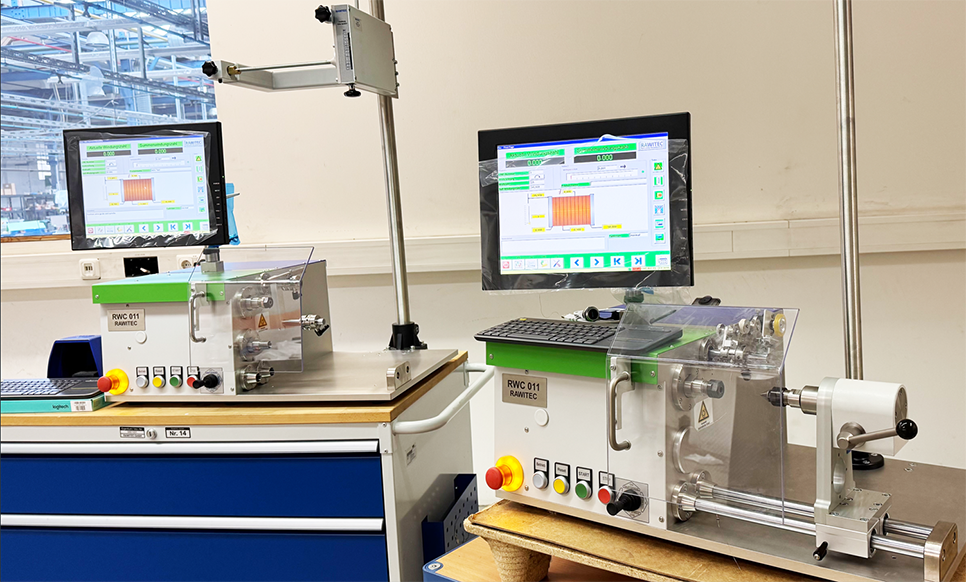 RWC011-1S and 2S
RWC011-1S and 2S
|
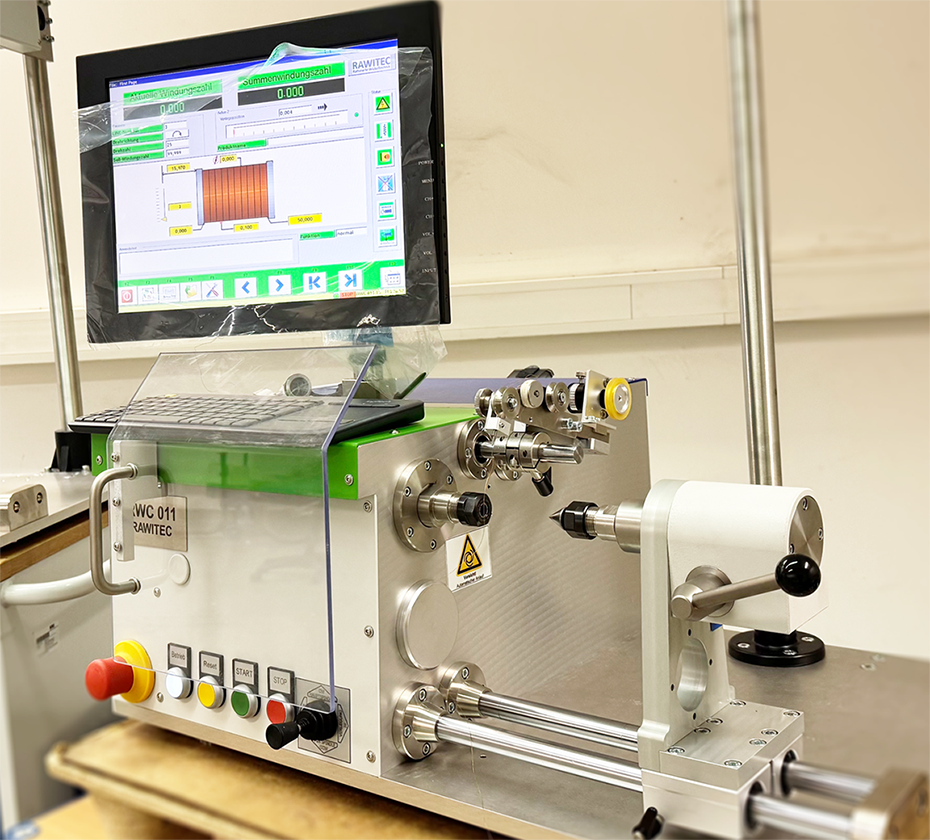 RWC011- with Tailstock
RWC011- with Tailstock
|
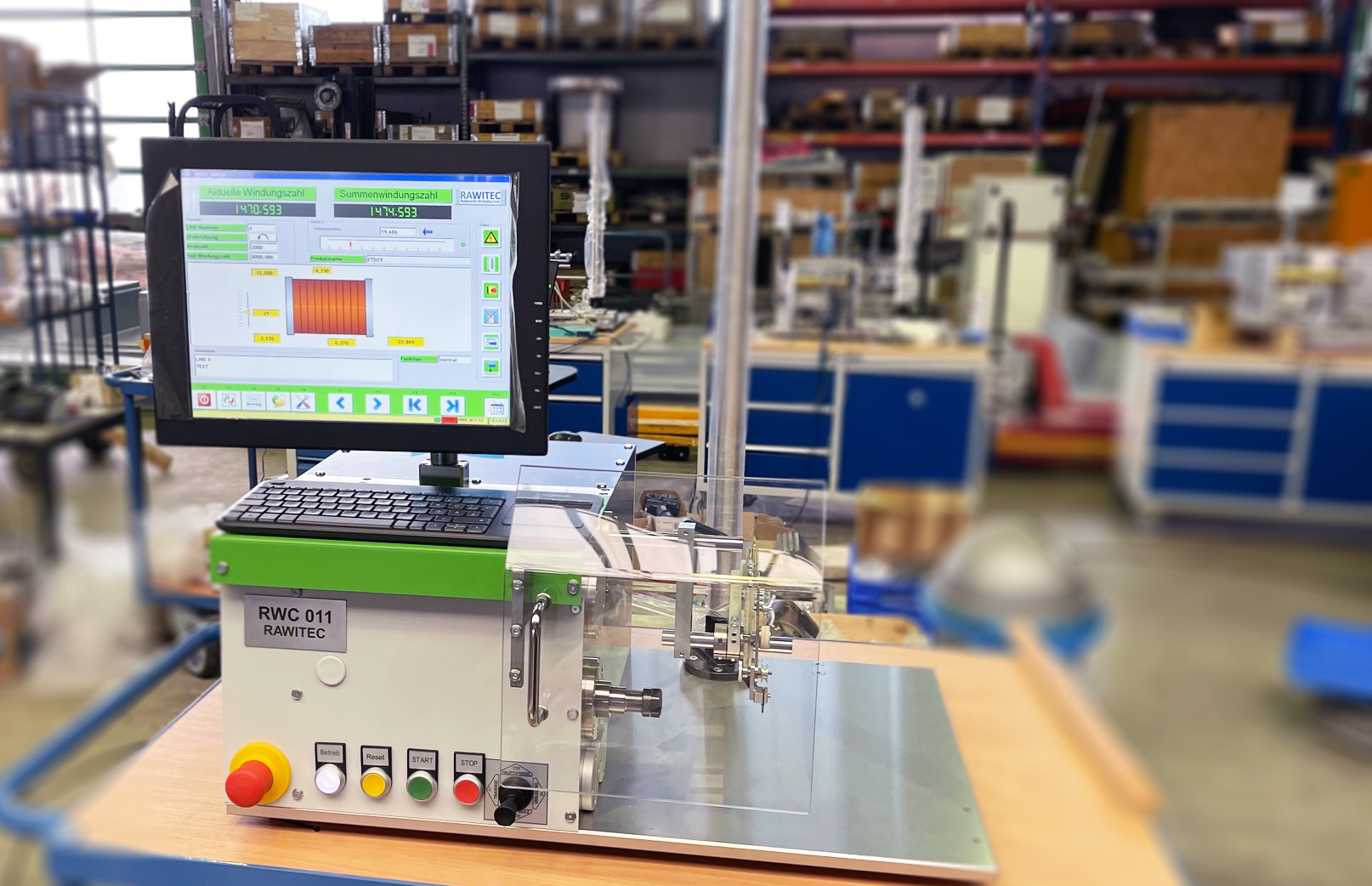 RWC011-1S-Spindle bottom
RWC011-1S-Spindle bottom
|
| Technical Data | ||||
| Machine Types | RWC011-1S* | RWC011-2S* | ||
| Wire Range | mm | 0.01 - 1.20 | 0.01 - 1.20 | |
| Traverse Width | mm | 100 mm * | 100 mm * | |
| Clamping Length | mm | 100 mm * | 100 mm * | |
| Max. Traverse Feed | mm | 99.99 / spindle rev. ³ | 99.99 / spindle rev. ³ | |
| Belt Stage | — | 0 – 4 | 0 – 4 | |
| Belt Stage 0 – Speed | RPM | max 750 / 1,000 ** | max 750 / 1,000 ** | |
| Belt Stage 0 – Torque | Nm | max 7.6 / 5.72 | max 7.6 / 5.72 | |
| Belt Stage 1 – Speed | RPM | max 1,500 / 2,000 ** | max 1,500 / 2,000 ** | |
| Belt Stage 1 – Torque | Nm | max 3.8 / 2.86 | max 3.8 / 2.86 | |
| Belt Stage 2 – Speed | RPM | max 3,000 / 4,000 ** | max 3,000 / 4,000 ** | |
| Belt Stage 2 – Torque | Nm | max 1.9 / 1.43 | max 1.9 / 1.43 | |
| Belt Stage 3 – Speed | RPM | max 6,000 / 8,000 ** | max 6,000 / 8,000 ** | |
| Belt Stage 3 – Torque | Nm | max 0.95 / 0.715 | max 0.95 / 0.715 | |
| Belt Stage 4 – Speed | RPM | max 12,000 / 16,000 ** | max 12,000 / 16,000 ** | |
| Belt Stage 4 – Torque | Nm | max 0.475 / 0.357 | max 0.475 / 0.357 | |
| Spindle/Tailstock Center Height | mm | 190 * | 120 / 190 * | |
| Winding Diameter | mm | 120 * | 2 x 75 * | |
| Controller | Industrial PC with single-core and dual-core processor ** | |||
| Languages | DE, EN, IT, FR, ES, CS, HU, SU, RU, PL, NL | |||
| Interfaces | 2× USB2.0, 1× Ethernet (RJ45), 2× Serial (RS232), 1× VGA, foot pedal, digital I/O, 2× PS/2 | |||
| OS | Robust real-time operating system | |||
| Data Backup / Update | via USB and Ethernet | |||
| Printer (Optional) | USB / Parallel ** | |||
| Digital/Analog I/O (Optional) | Expandable *** | |||
| Display | 15" Touch screen (metal case) standard *, 12.1" & 15" IP65 touch optional ** | |||
| Keyboard | USB wireless 2.4 GHz ** | |||
| Storage | Local: ~5,000 winding programs² Network: ~20,000 *** | |||
| Extensions | PLC interface for external control available (integrated) ** | |||
| Joystick | Teach function: manual CW/CCW spindle + traversing | |||
| Power Requirements | kVA | 1.05 | 1.05 | |
| Machine Dimensions (W×L×H) | 570 × 650 × 660 | 570 × 650 × 660 | ||
| Power Supply | 230V – 50Hz / 16A | |||
| Weight | approx. 55 kg | approx. 57 kg | ||
* Dimensions may vary, subject to change
** Optional equipment available on request
*** Extensions available on request
² Approx. 400 KB (500 steps incl. comments)
³ Valid for spindle speed × feed < 3600/min
Intuitive Touch Software for Winding Machines – Powerful & Versatile
The user interface was specially developed for intuitive and efficient touch operation on winding machines.
In addition to essential functions such as Open, Save, Copy, Delete, Edit, and Print winding programs, the software offers numerous advanced features:
- Integrated language switch for international use
- Extensive configuration options
- Service-relevant diagnostic tools
- Tools for system optimization and machine customization
Thanks to its clearly structured interface, the software supports both machine operators in daily production and technical staff during machine configuration and customization.
🔧 Dynamic Worklines – RWC 011-1S / 2S
The following diagram illustrates the relationship between the winding radius and the resulting wire tension force under various operating conditions of the RWC 011-1S / 2S winding machine.
As the winding radius increases – meaning the spool diameter becomes larger – the torque at the winding axis decreases. The physical principle is simple:
Power = Torque × Speed
Since machine power is typically constant, increasing the speed reduces the available torque – and thus the transferable wire tension force.
⚙️ Timing Belt Configurations
The machine features an interchangeable timing belt system offering five transmission ratios – from high torque at low speeds to high-speed operation with reduced torque:
| Set | Speed (rpm) | Torque (Nm) | Description |
|---|---|---|---|
| 0 | 750 | 7.6 | Maximum torque – ideal for large spools and high tension |
| 1 | 1500 | 3.8 | Balanced – good compromise between torque and speed |
| 2 | 3000 | 1.9 | Direct drive 1:1 – nominal speed of the AC servo motor |
| 3 | 6000 | 0.95 | High speed – suitable for lighter materials |
| 4 | 12000 | 0.475 | High-speed mode – for small spools and fine wire |
📈 Chart Interpretation
- Colored lines represent wire tension [N] as a function of winding radius [mm].
- The left Y-axis is logarithmic for better visibility of lower forces.
- The right Y-axis shows typical wire diameters [mm] for real-world reference.
- The higher the gear set (e.g., Set 4), the lower the torque – ideal for fine wires at high speed.
🧩 Practical Use
This chart helps determine the ideal timing belt setup based on:
- The type of wire (fine vs. thick)
- The required tension range
- The desired winding speed
- The spool diameter / winding radius
This enables an optimized compromise between force, speed, and material care tailored to your application.
🔎 Note: For the RWC 011-2S with two spindles, the effective torque per spindle is halved. The actual wire tension also depends on the configured wire brake and may vary accordingly.
Innovation, Precision, and Flexibility – The Winding Machine for Demanding Applications
The combination of state-of-the-art winding technology, high precision, and adaptable control enables a wide range of applications – from single-piece production to automated series manufacturing.
Typical Areas of Application:
Fine flat wire windings for transformers and power electronics
Micro windings for sensors, medical technology, and hearing aids
High-precision winding structures for coils in industrial electronics
Special applications in research, development, defense, and prototyping
The winding machine stands out for:
flexible parameterization,
high repeatability,
an intuitive user interface, and
modular expandability for complex requirements.
This enables a wide variety of winding applications – see examples below:



